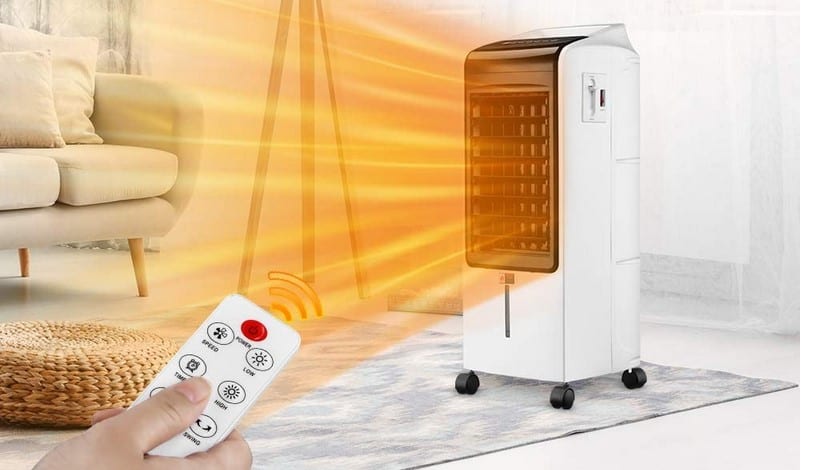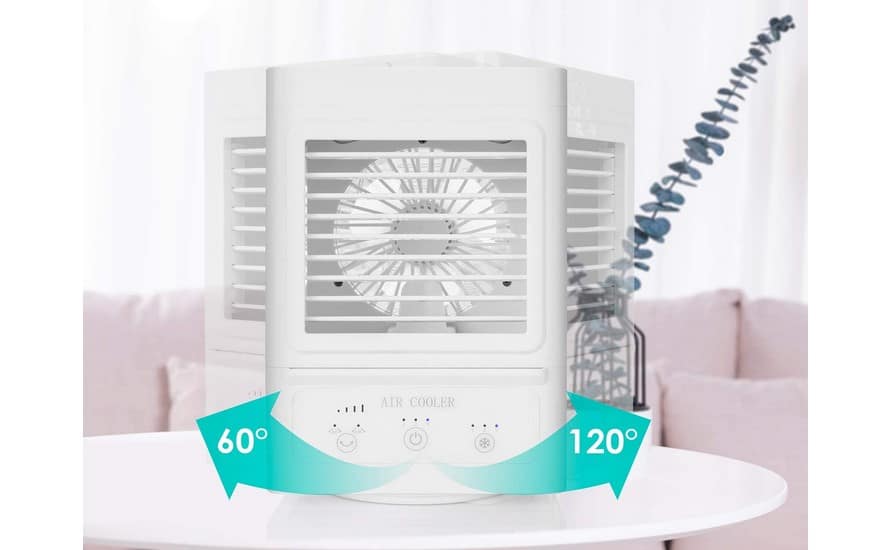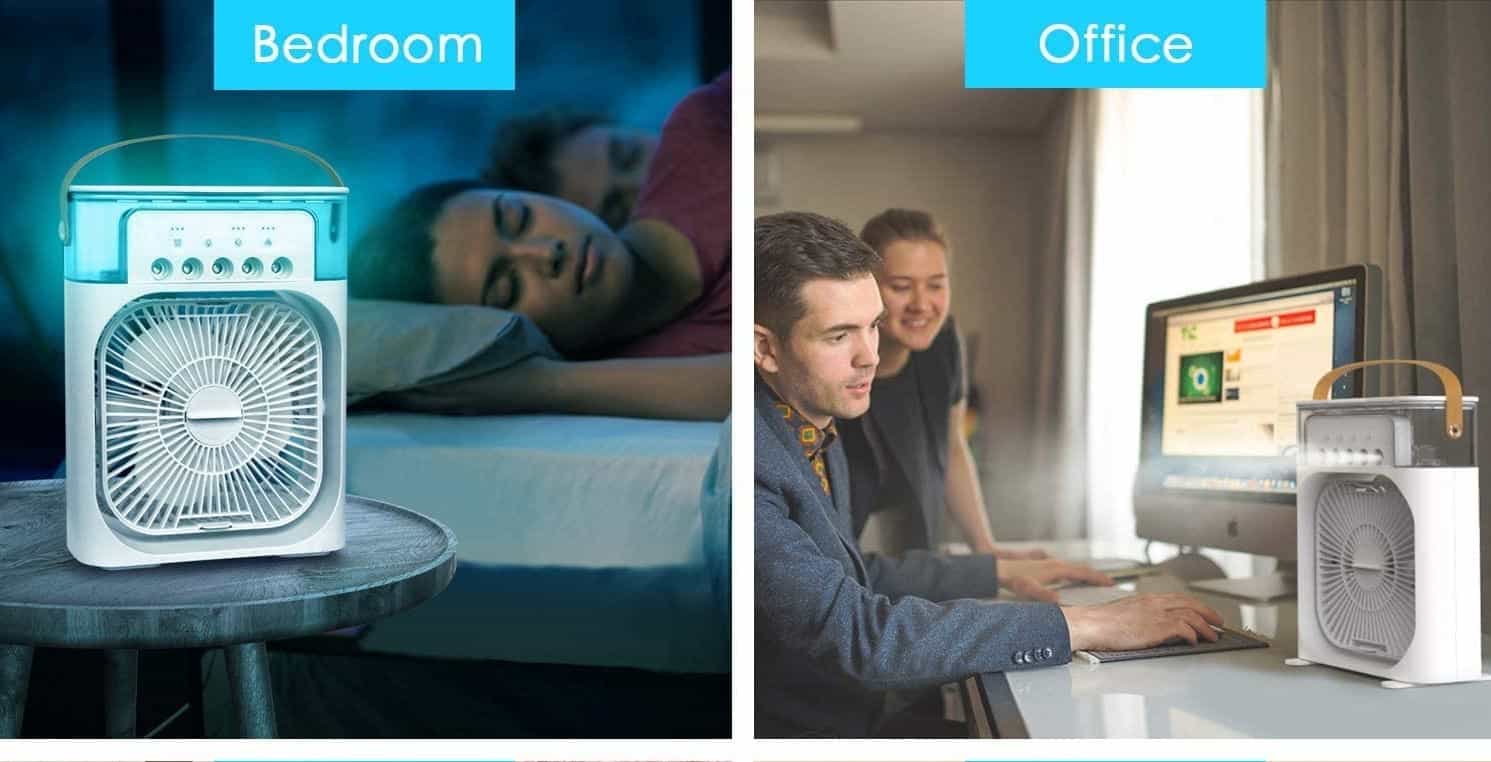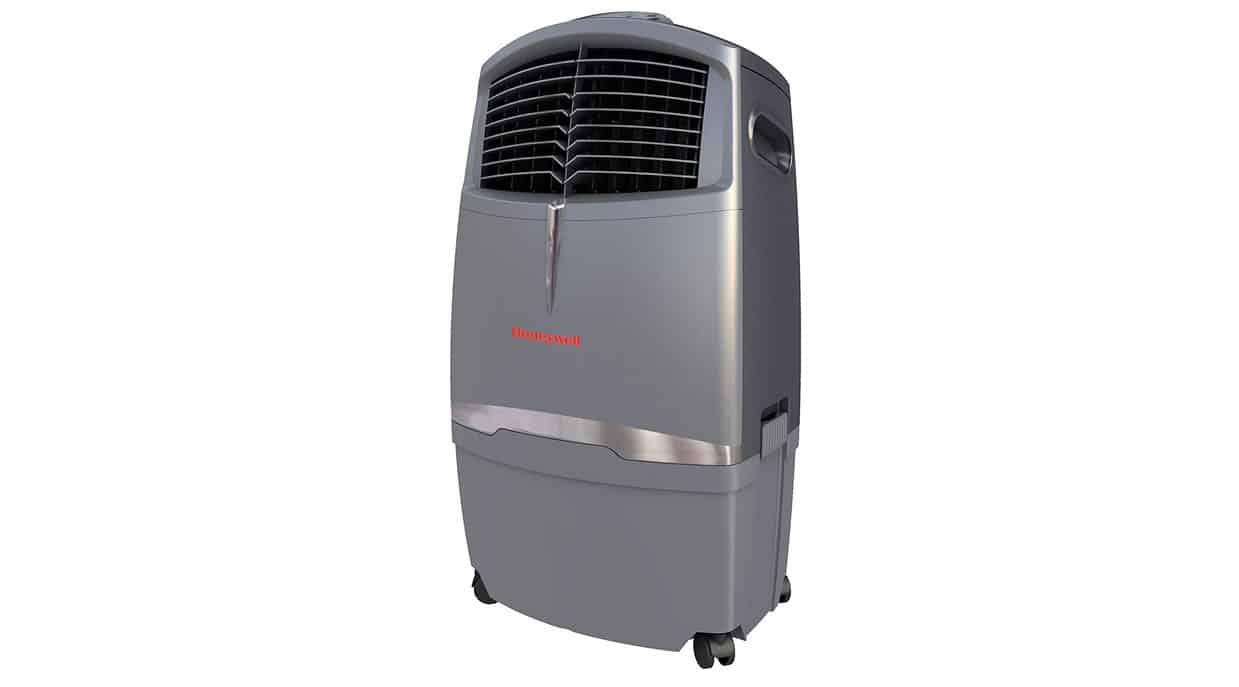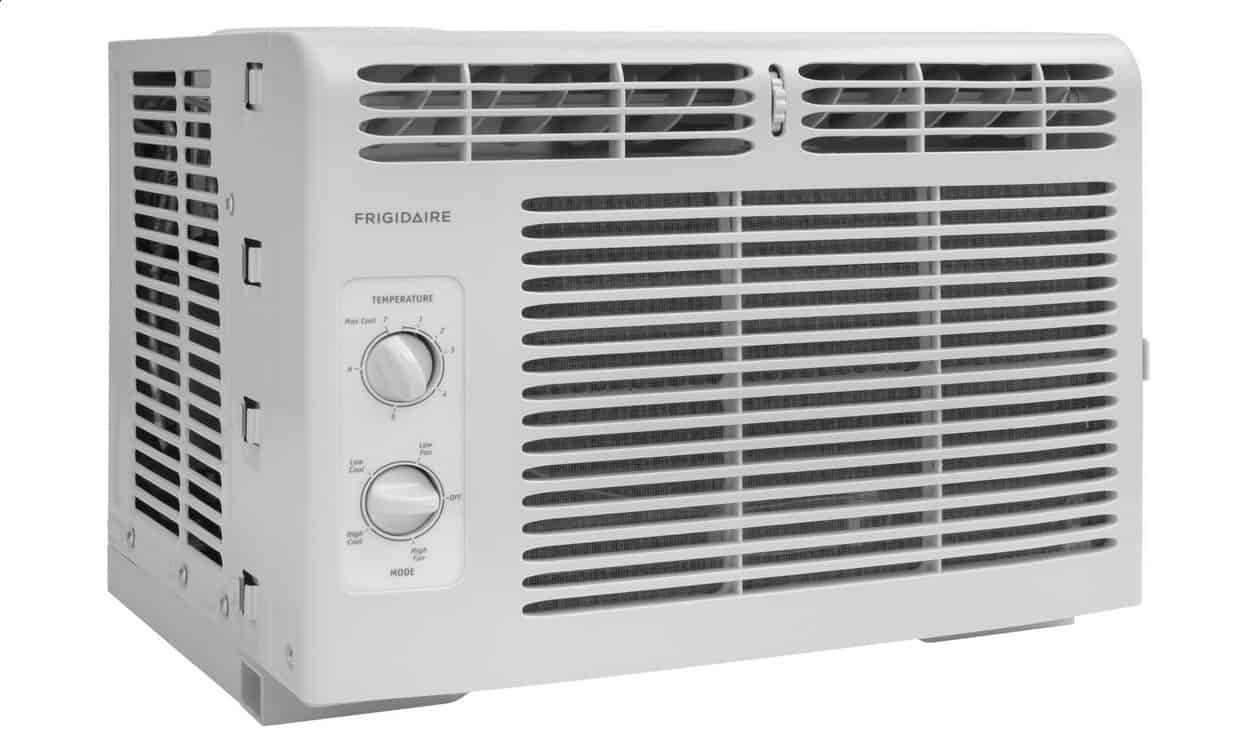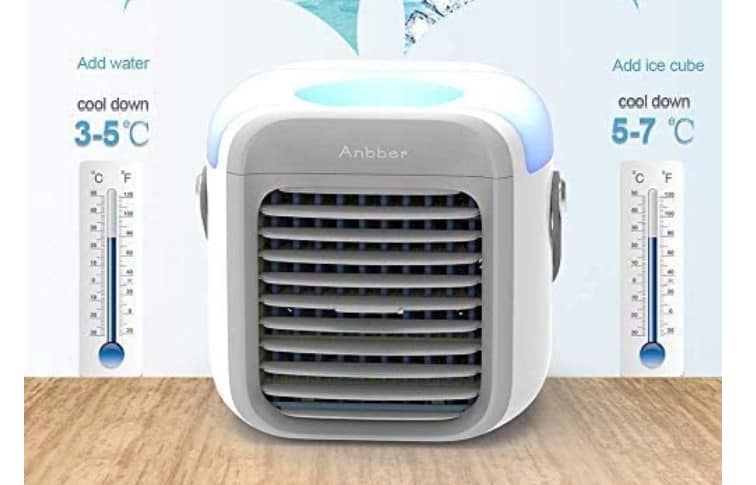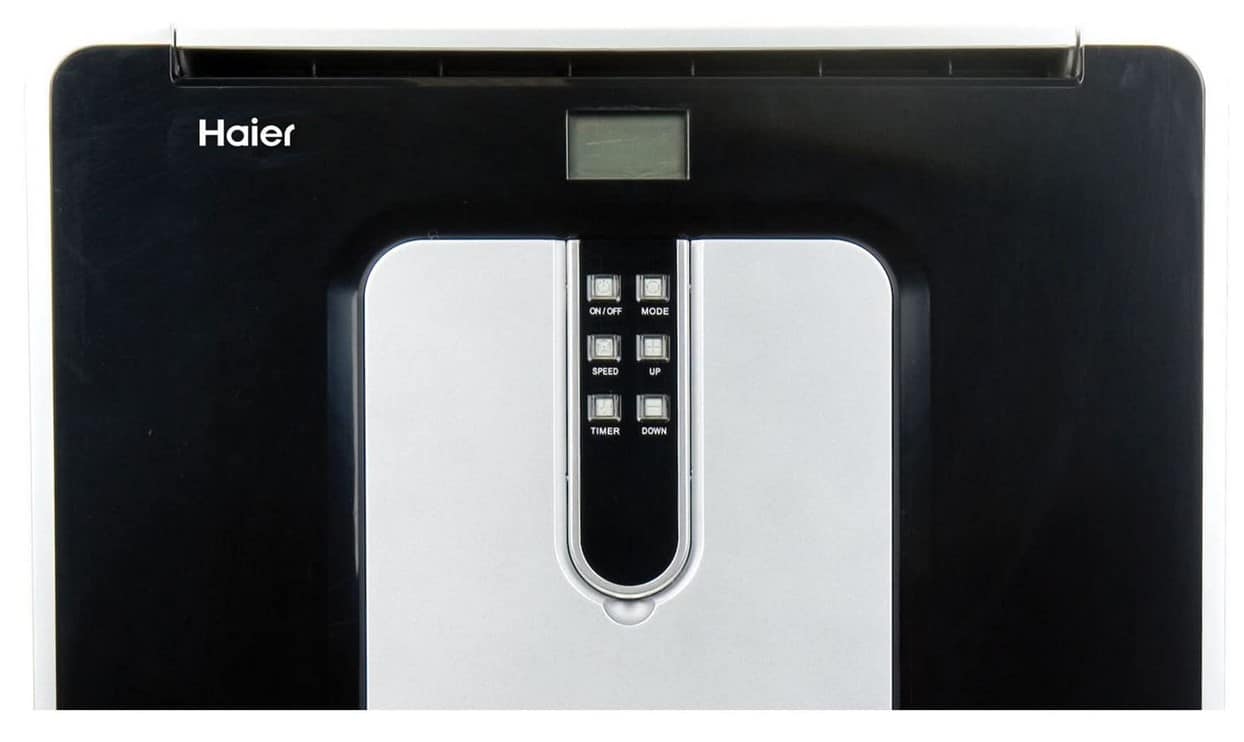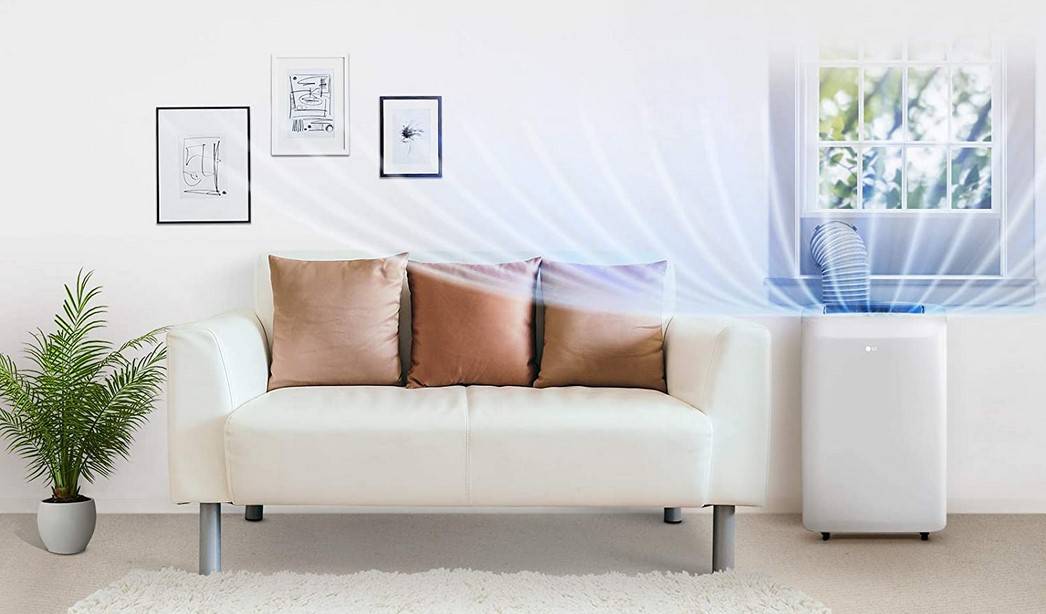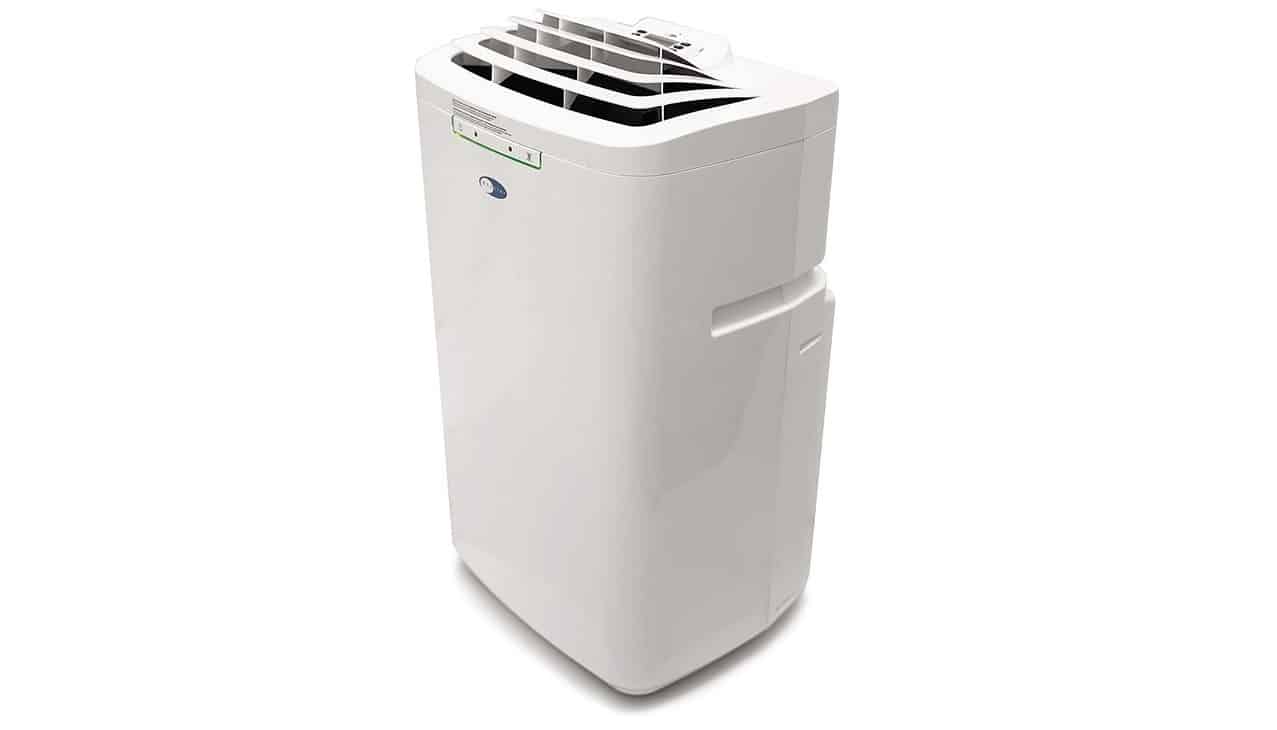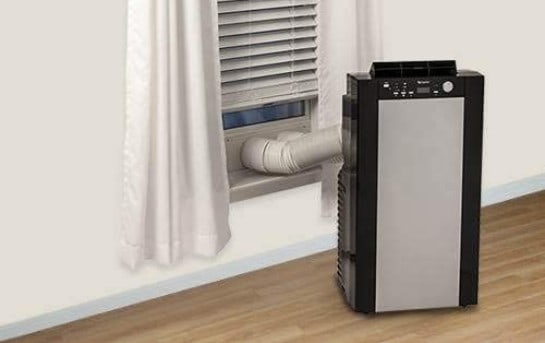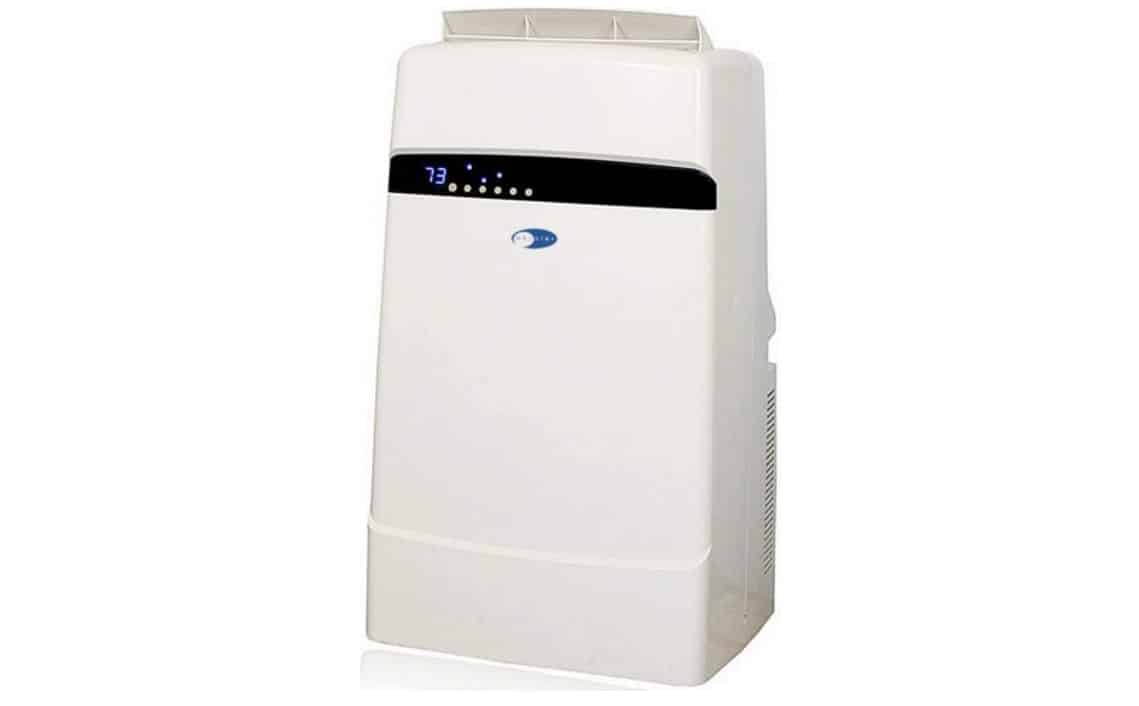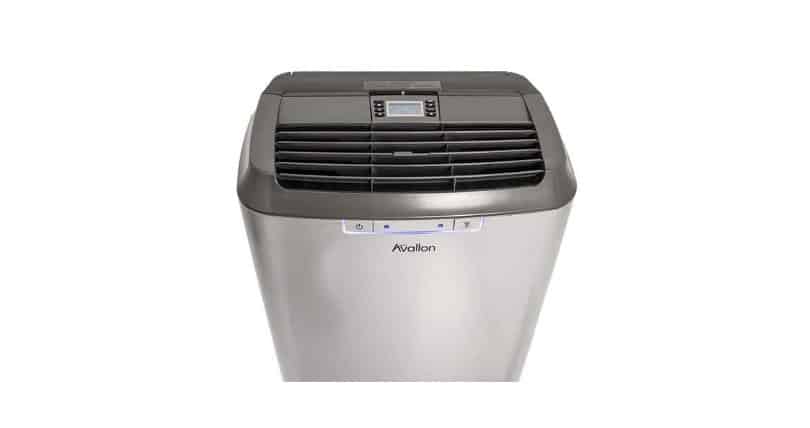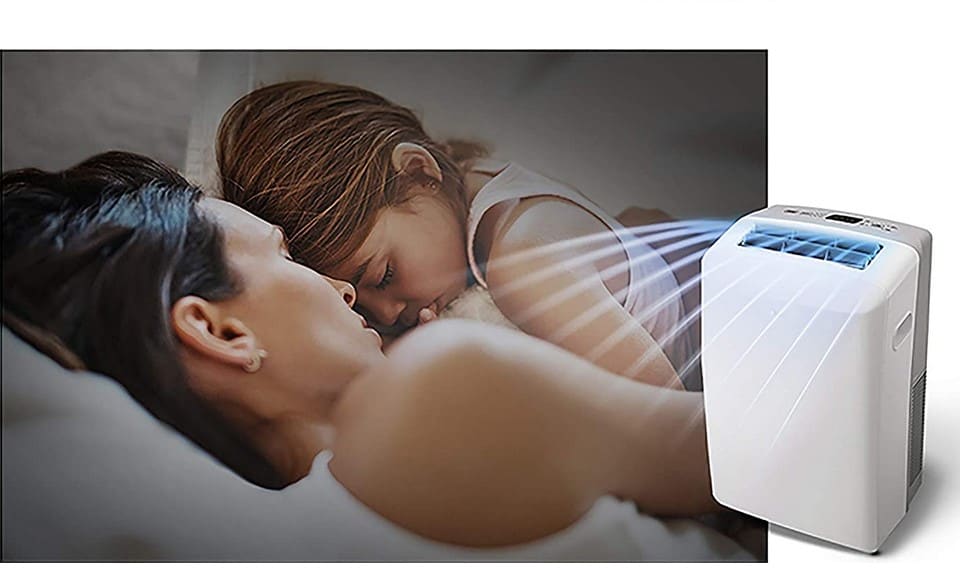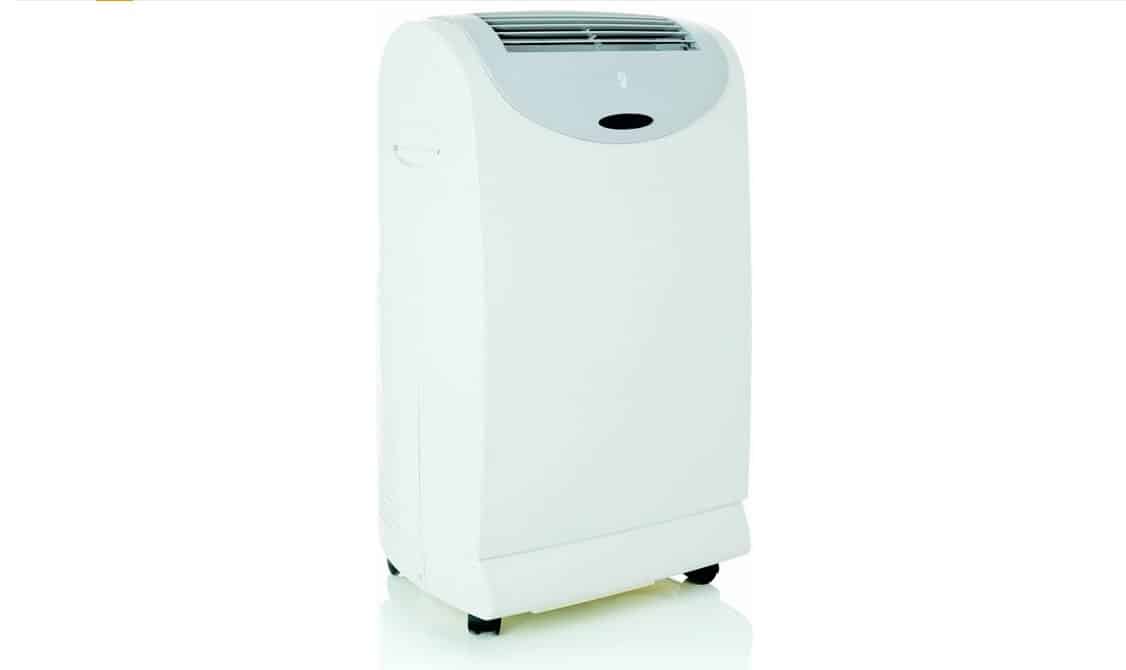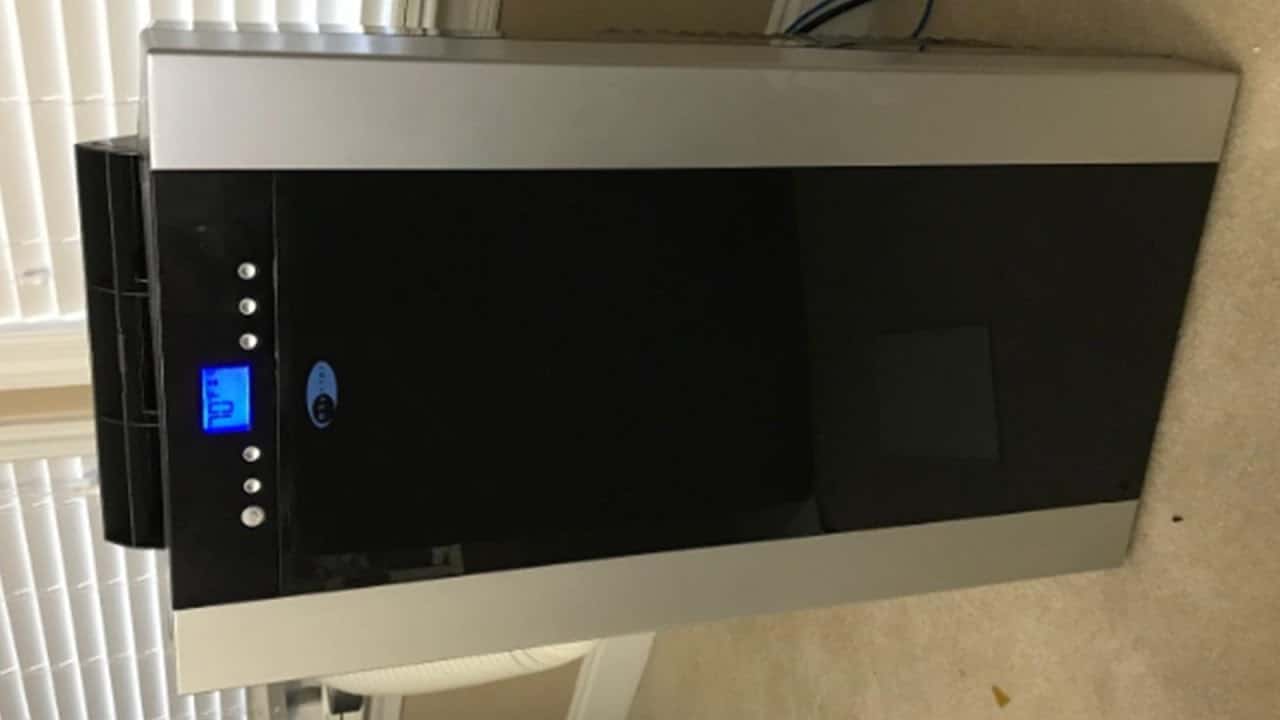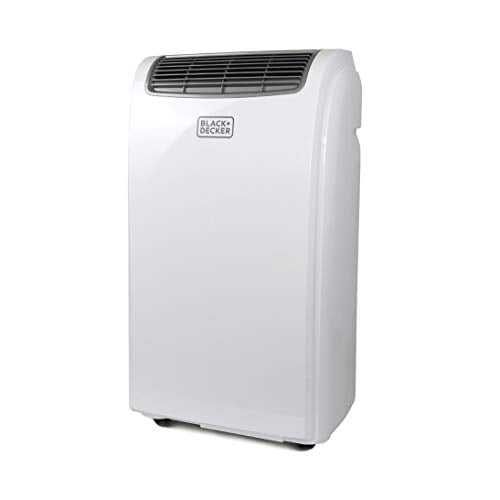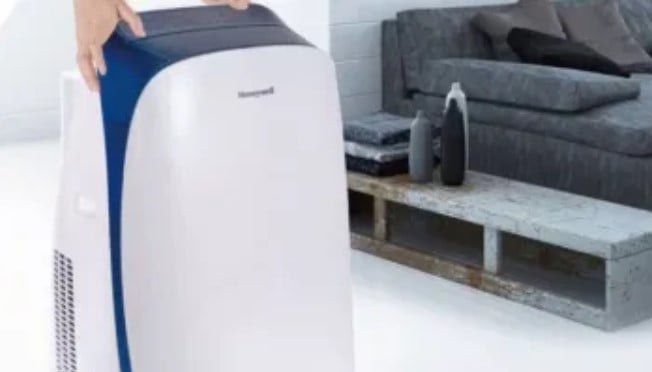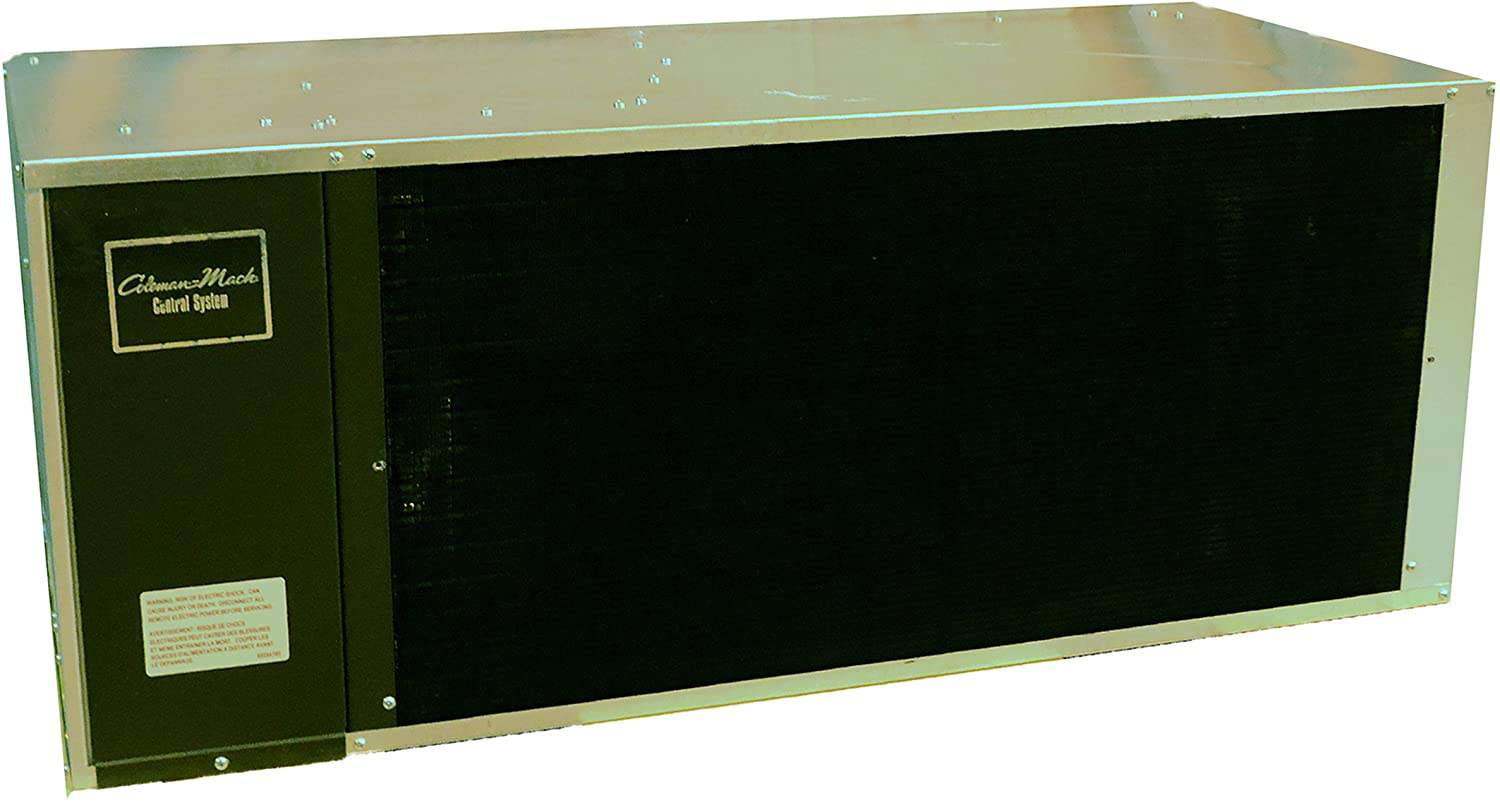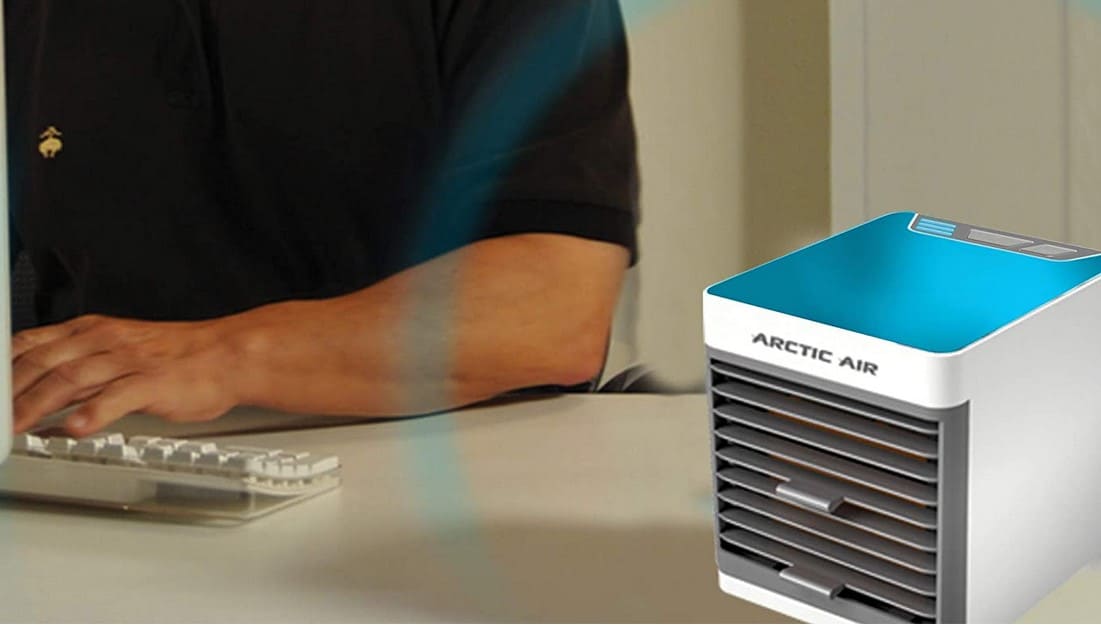What are the features that make the best HEPA air purifier? Finding the best HEPA air purifier starts with an excellent combination of efficiency and technology. So you’ll want an air purifier that accommodates multiple filtration layers to filter out a wide array of airborne pollutants, such as animal dander and other microscopic allergens. Although it is essential to consider price ranges, it’s best not to sacrifice quality in the process. Some of the best air purifiers are pretty expensive, but the price is not the only thing you should consider when buying an air purifier.
The design of construction is a close second. As such, the best HEPA air purifier combines a sleek, compact design that fits in nicely with any home or office. You’ll also want one with reduced noise levels, remote control, and automated fan speed settings. Keep reading our best HEPA air purifier buying guide to learn more.
Top HEPA Air Purifiers
#1 LEVOIT Core 300 Air Purifier
Award: TOP PICK
WHY WE LIKE IT: This award-winning unit provides users with a customized experience to meet their specific needs. With multiple cleaning options and safety features, this model can expunge potentially harmful particles to leave your living space feeling refreshed.
- Incredibly customizable
- Modern design
- Ozone-free filtration
- Initial plastic smell
The LEVOIT Core 300 air purifier is an excellent choice for users looking to improve the air quality in their homes and fight back against household pollutants. This modern-looking unit can fit on a bedside table or kitchen counter so you can have cleaner air throughout your entire home. For users with specific needs, this model features multiple choices for three-stage HEPA filters like pet allergy, toxin absorber, and a four-stage smoke removal filter. While there is an initial plastic smell when the unit is freshly unboxed, it quickly subsides after a few minutes of use.
In addition to customizable filtration and a small footprint, the LEVOIT Core 300 offers users a quiet air purifier that can keep the environment clean while you sleep. Thanks to QuietKEAP Technology which uses noise-reducing shock pads, users won’t hear the powerful fans that quickly cycle the air in their home. Additionally, the fine pre-filter catches more sizable materials like pet hair, dust, and dead skin which leaves the H13 True HEPA filter free to catch bacteria, mold, and pollen.
#2 GermGuardian AC4824E Air Purifier
Award: HONORABLE MENTION
WHY WE LIKE IT: This model features a thin design that easily fits in a corner or hallway without obstructing walkways or workspace. Additionally, this unit offers an easy-to-use device that reduces household pollutants and helps you breathe a bit easier.
- Fantastic filtration rate
- Great design
- Decent odor reduction
- Fan is loud on the highest setting
The GermGuardian AC4824E air purifier is a stellar pick for users who want to reduce household pollutants and allergens in their homes. This unit features a truly impressive air cycle rate that sees 4.8 air changes per hour in a 153 sq ft room. Additionally, this unit can tackle one air change per hour in spaces up to a staggering 743 sq ft space. While the powerful fans are great for cleaning your air, this unit can get quite loud on the highest setting.
In addition to cleaning power and a wide coverage area, the GermGuardian offers enhanced protection for users that need relief from germs and allergens like dust, pollen, and pet dander. With a True HEPA air filter, this unit captures allergens and dust as small as .3 microns to heavily reduce allergy symptoms. Additionally, users will love the UV C light that kills airborne viruses like influenza, staph, and other volatile organic compounds.
#3 Honeywell HPA300 Air Purifier
Award: BEST FOR BIG SPACES
WHY WE LIKE IT: This durable unit is an excellent choice for big office spaces or workout facilities that want to ensure a cleaner environment with fewer airborne pollutants. Additionally, this unit offers multiple levels of filtration and a turbo function for quick cleaning.
- Impressive filtration power
- Simple user interface
- Carrying handle
- Loud even on lowest settings
The Honeywell HPA300 air purifier is an excellent choice for users that want to improve the air quality in their office space or large commons area. This model is rated for up to 4.8 air cycles per hour in spaces up to 465 sq ft, and the multi-level filtration system will catch allergens like dust, pet dander, and smoke. While this unit is rather loud on even the lowest setting, the white noise can easily blend in during a busy workday.
In addition to the coverage area and air cycle power, the Honeywell HPA300 air purifier is a reasonably portable unit thanks to the lightweight design and convenient carrying handle. Additionally, this model features an easy-to-use control panel that lets users adjust the filtration power and engage Turbo Mode to cycle stale air in under an hour. With clear status lights, users will know when it’s time to change or clean their filters.
#4 Winix 5500-2 Air Purifier
Award: BEST FOR ALLERGENS
WHY WE LIKE IT: This powerful unit offers an incredible feature set to bring convenience and versatility into your cleaning routine. With automatic monitoring and sleep mode, this model keeps allergens like pet dander, dust, and pollen to a minimum while maintaining high energy efficiency.
- Impressive monitoring features
- Great automatic filtration
- Good remote control
- Sub-par odor reduction
The Winix 5500-2 air purifier is an excellent pick for users that want a cleaner environment and reduced allergy symptoms in their household or workplace. This model offers a convenient remote control that lets users fine-tune the level of filtration power they need. Additionally, this model offers an LED air quality indicator that keeps users informed of their environmental conditions. While the odor-reducing carbon filter wears out quickly, users can easily install a replacement or wash and reuse the original filter. This is unlike the Winix 5300 2, which has only disposable carbon filters.
In addition to ease of use and a washable AOC carbon filter, the Winix 5500-2 air purifier offers impressive automation to take the effort out of reducing allergy symptoms. Combined with the LED air quality indicator, this model helps users mitigate particles in real-time with the smart sensor and Auto Mode. This model automatically adjusts the fan power by detecting a user’s air quality in real-time. Lastly, this unit can let users sleep easily with the included sleep mode that keeps noise to a minimum.
#5 Coway AP-1512HH Air Purifier
Award: BEST FOR PET OWNERS
WHY WE LIKE IT: This model provides pet owners and people who struggle with seasonal allergies a powerful ally in the fight for a cleaner environment. With multiple automatic settings and smart enhancements, users can rest easy while they reap the benefits of fewer particles floating around their homes. Unfortunately, it’s not a top-rated smart air purifier without smart features.
- Extremely portable
- Great control panel
- Good air monitoring feature
- No smart connectivity
The Conway AP-1512HH air purifier is a fashionable unit that features multiple filtration modes and is light enough to pick up and carry around the house. Additionally, this unit can filter rooms up to 361 sq ft, and the airflow control system allows for five separate modes to dial in the level of filtration that your family needs. While there isn’t any smartphone connectivity, the automatic functions take much of the work out of regulating your indoor air. This is very similar to its cousin, the Coway Airmega 150.
In addition to powerful filtration and large coverage, the Conway AP-1512HH manages to fit a ton of power into this small and portable unit. Thanks to the four-stage filtration system, this model can capture up to 99.7% of potentially harmful particles to reduce allergen symptoms and assist with keeping a tidy home. Additionally, this unit offers minute-by-minute indoor air quality tracking so users can stay informed about the quality of their air.
#6 Hamilton Beach 04386A Air Purifier
Award: BEST FOR BEDROOMS
WHY WE LIKE IT: This small and modern-looking unit features great filtration for small spaces like bedrooms and mid-size common areas. Able to easily fit on a desk or bedside table, this incredibly quiet unit will let you sleep easier while ensuring you have reduced levels of dust and other allergens.
- Impressive form factor
- Lightweight design
- Good noise levels
- Not ideal for odor reduction
The Hamilton Beach 04386A air purifier is a fantastic tool in the fight against indoor pollutants and allergy-causing particles from pets, dead skin, or pollen. This is why you must have a superior air purifier for pets. Thanks to the eye-catching design and small form factor, this model lets users regulate the air quality in their office or a small bedroom. It’s a great air purifier for a dorm room, too. Additionally, this model works horizontally or vertically, so you can have great filtration wherever you need it. While this model isn’t ideal for removing heavy odors, the permanent HEPA filter easily vacuums clean.
In addition to versatility and a portable form factor, the Hamilton Beach 04386A air purifier offers an easy-to-use dial that puts users in control over what level of filtration they need. With Quick Clean mode, users can expect noticeably better air quality in record time, and the Quiet Clean setting ensures that you’ll have consistently clean air without waking up your household. Lastly, this fashionable unit can clean spaces up to 160 sq ft, so users can keep their bedroom or small office from getting stale.
Beginner’s Guide to Best HEPA Air Purifier
What is a HEPA Air Purifier?
It’s an air-cleaning device containing a high-efficiency particulate air filter (or HEPA) that removes 99.97% of airborne particles about 0.3 microns or larger in diameter. Airborne particles include pet dander, dust mites, mold spores, pollen, dust particles, and cigarette smoke. HEPA filters help remove both particulate matter and gases. So they are more efficient and effective than pre-filters or carbon filters alone.
These devices come in one of two types: a portable version that covers just one room at a time and a bigger type that can handle the whole house at once.
Portable HEPA air purifiers are typically used for quick fixes or on-the-go situations when you notice a sudden increase in allergens, odors, or other irritants in personal spaces of up to 200 square feet.
In contrast, a whole-house air purifier is bigger and often installed in larger spaces of about 400-1500 square feet. You can integrate it with your HVAC system for a more complete and efficient air cleaning system.
While it’s worth noting that HEPA-based filters are relatively non-specific, they do trap many of the common airborne particles that can trigger allergic reactions. Although you still need to dust and vacuum regularly, your air purifier should cut down on the amount of dust you see. Want an air purifier specifically for allergies and dust? Check out our guide to the best air purifiers for allergies and dust.
How a HEPA Air Purifier Works
Most HEPA air purifiers combine a HEPA filter with other science-based, patented technologies to remove microscopic pollutants from the air. These include carbon filters, ionizers, UV light technology, and electrostatic precipitators. If you need an air purifier that removes pollutants from the air and renders them harmless, look no further than photocatalytic oxidation air purifiers.
Carbon filtration, like the one you’ll find in our Air Doctor 3000 purifier review, is among the most common types used in air purifiers. It is a simple process that helps remove small particles, benzene, and other VOCs from the air using carbon granules or activated charcoal.
An ionizer uses an ionic generator to produce negative ions, which attach to the airborne particle and drag them down into the HEPA filter. They are great for removing dust, pollen, dander, and other airborne particles.
Ultraviolet (UV) light technology is another popular feature you’ll find in many HEPA air purifier models. Although invisible to humans, UV light is very effective at killing airborne microorganisms. However, the technology is being abandoned, but this is how it works, and you can still find models that use it.
Lastly, an electrostatic precipitator is a device that attracts airborne particles to itself. As air passes through a lint screen, it traps most dust, pollen, pet dander, and other large particles.
Some of the best HEPA air purifiers feature an air quality sensor that displays the air quality in your home and tells you when to clean the filters. It works by detecting volatile chemicals, airborne pollutants, and other irritants. The sensor can also alert you to other substances like radon gas, nitrogen dioxide, and chlorine.
HEPA Air Purifier vs Standard Air Purifier
A HEPA air purifier offers some diverse distinctions from standard air purifiers.
Whereas standard purifiers work best at removing large to medium particulates, HEPA air purifiers include a high-efficiency air filter that removes 99.97% of airborne particles. These particles are about 0.3 microns or larger in diameter, including biological contaminants such as mold spores and animal dander.
Particle size aside, the best HEPA air purifiers also use a multi-level filtration system and technology that improves airflow, creating a more efficient air-washing effect. In contrast, standard purifiers use a single filter and less powerful fans. To get the same efficiency as a HEPA purifier, you’d need to run the standard unit for more extended periods.
Another significant difference lies in the real estate these two units require. HEPA air purifiers are smaller and can fit on shelves or a tabletop, while standard air purifiers are larger and require dedicated floor space.
The two differ in terms of design, as well. Top-notch HEPA air purifiers have a sleek, compact design that fits nicely in any home or office. You’ll also enjoy state-of-the-art remote control apps to adjust things like fan speed, turn the unit on or off, or set a timer. Standard air purifiers, however, are far less sophisticated and require manual operation.
Why Should You Buy a New HEPA Air Purifier?
If you’re looking to improve the air quality in your home or office, consider a HEPA air purifier. This is especially true if you suffer from seasonal allergies, asthma, or other respiratory illnesses. It’s easy to take good air quality for granted until you realize that indoor pollution is a real problem that can affect your health and well-being.
The advanced technology used in its design is among the best you’ll find in any unit on the market. It comes with a smartphone app that monitors and alerts on air quality status, plus you can set reminders to change filters.
Is a HEPA Air Purifier Worth Buying?
- It removes 99.97% of air pollutants: A HEPA air purifier effectively removes the most common airborne pollutants and allergens from the air, including mold spores, pollen, pet dander, and dust mites. It filters out all particles as small as 0.3 microns – that’s 30 times smaller than the diameter of a human hair.
- It costs less to operate: They are energy-efficient, so you save money on your monthly utility bills. Most models also utilize a permanent filter, so replacement costs are minimal.
- It uses advanced technology: The best HEPA air purifier includes advanced features, such as air quality indicator lights, a monitoring app, and different operating modes, providing you with a convenient way to maintain clean and healthy air indoors.
- It has a sleek design: These machines are available in many attractive designs that blend with any home décor. They also come in a wide array of color options.
- It features reduced noise levels: Most HEPA air purifiers run quietly, making them an ideal addition to any room. Because they are also quiet, you can run them all night without disturbing your rest.
Why a HEPA Air Purifier May Not Be For You
- It is slightly expensive: Due to the use of advanced filtration systems, it incorporates, a HEPA air purifier is usually more costly upfront. However, when you consider all of the benefits it provides and the fact that they will last for years, these machines are definitely worth the investment. A whole-house unit can cost about $500-$1000, while portable units average about $200-$700. You can also opt for budget models if you’re not concerned about extra features like LED lights, sleep mode, and a larger coverage area.
- Not a cure-all: A HEPA air purifier is not a substitute for allergy or asthma medications. It will, however, help reduce airborne irritants to make your symptoms less severe. It’s best to consult with your doctor if you have any ongoing breathing issues.
- Not a substitute for standard air cleaners: A HEPA air purifier should not be used as a substitute for your standard home air cleaner. It’s best to have both systems in place if you’re looking to achieve a cleaner home, particularly if you suffer from allergies and other respiratory ailments.
How Long Will a HEPA Air Purifier Last?
Most HEPA air purifiers have received positive reviews for their longevity, and are considered long-lasting machines that will provide years of reliable service. Your purifier’s longevity depends on the machine’s quality, as well as how much you use it.
The average lifespan of a HEPA air purifier is about three to four years. This means that after this period, there might be some issues with performance. However, this metric depends on several factors, including the brand, model, maintenance, and care routine.
That said, the part that is most susceptible to damage is the fan motor. This part wears out after a few years. Also, the cost for a replacement is relatively high, so factor in your budget or pick an air purifier with a warranty that covers parts and labor. However, the warranty terms will depend on the brand and model, so check the product documentation or customer support section before purchasing a new machine.
The HEPA filter will last about 150 days, at which point you’ll have to replace it since its effectiveness is reduced by about 20%. Changing the filter regularly can help extend the life of your unit.
Also, keep in mind that the higher the efficiency rating, the longer the unit lasts. An excellent way to ensure the right choice is by picking a model with an efficiency rating of at least 90 percent.
How to Choose the Best HEPA Air Purifier
When choosing the best HEPA air purifier, you should pay close attention to the efficiency rating, size and coverage area, noise level, and different operating modes, among other features. Keep reading to learn more about these and how to decide on your next HEPA air purifier.
1. How Much Space Do I Have?
You want to choose a product that fits well within your living area, which is why you want to measure your room for an air purifier before you buy it. For example, if you live in a small apartment, you don’t need something huge. On the other hand, if you have a spacious house, you’ll want a bigger device. In general, though, smaller units tend to consume less energy than bigger ones. So, if you’re looking to save money, consider buying a compact model.
2. How Much Power Does it Consume?
Some models are more energy-efficient than others. Essentially, the more efficient a model is, the less it uses electricity and the more money you’ll save on your utility bill. To know which models are more energy-efficient, you should consider the manufacturer’s Energy Star rating. This helps indicate how much power it uses during operation.
3. Is the Noise Level Bearable?
HEPA air purifiers have become quieter in recent years. However, you still need to check the decibel level of each model before buying. While white noise from a running purifier isn’t as loud as your dishwasher or washing machine, for example, some people still find it distracting.
4. What are My Budget Constraints?
The price range for HEPA air purifiers varies considerably. Compare prices across several online e-commerce sites. If you decide to go old-school, you can always visit retail stores. In any case, avoid the super cheap models since they are not as durable and effective.
5. How Dirty Is the Air in the Room I Want to Clean?
If you live in an area with bad air quality outside, your indoor air might be worse. In this case, you will need a HEPA air purifier with a higher concentration of filtration. Otherwise, if you live in an area with relatively clean air, a lower-rated purifier will do the trick.
6. What Features Do I need?
When choosing a HEPA air purifier, you should consider what features are most important to you. For example, if you want something easy to use and maintain, choose a product with an automatic mode that will change operation settings depending on the current pollution levels in your area. If you’re willing to spare some extra time, one with a self-cleaning filter is another option that you might want to have.

![Best HEPA Air Purifiers in [year] 1 best hepa air purifier](https://www.gadgetreview.dev/wp-content/uploads/best-hepa-air-purifier-image.jpg)


![Best HEPA Air Purifiers in [year] 2 LEVOIT Air Purifier for Home Allergies Pets Hair in...](https://m.media-amazon.com/images/I/41fYks1ZzPL._SL160_.jpg)
![Best HEPA Air Purifiers in [year] 4 GermGuardian 4-In-1 HEPA Air Purifier for Home, Large...](https://m.media-amazon.com/images/I/316AtkHoSdL._SL160_.jpg)
![Best HEPA Air Purifiers in [year] 6 Honeywell HPA300 HEPA Air Purifier for Extra Large...](https://m.media-amazon.com/images/I/41cJI5PUvjL._SL160_.jpg)
![Best HEPA Air Purifiers in [year] 12 Our #4 Pick is the Winix 5500-2 Air Purifier](https://m.media-amazon.com/images/I/31uuleyEDfL._SL160_.jpg)
![Best HEPA Air Purifiers in [year] 14 Our #5 Pick is the Coway AP-1512HH Air Purifier](https://m.media-amazon.com/images/I/31A2zVsBYEL._SL160_.jpg)
![Best HEPA Air Purifiers in [year] 16 Our #6 Pick is the Hamilton Beach 04386A Air Purifier](https://m.media-amazon.com/images/I/41YQR0xr-DL._SL160_.jpg)


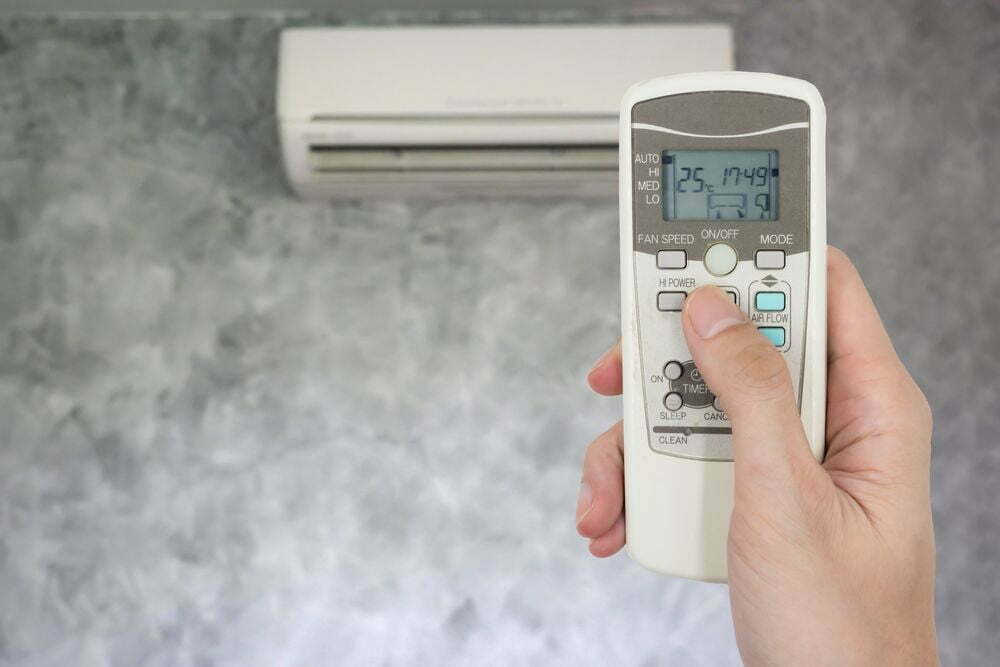
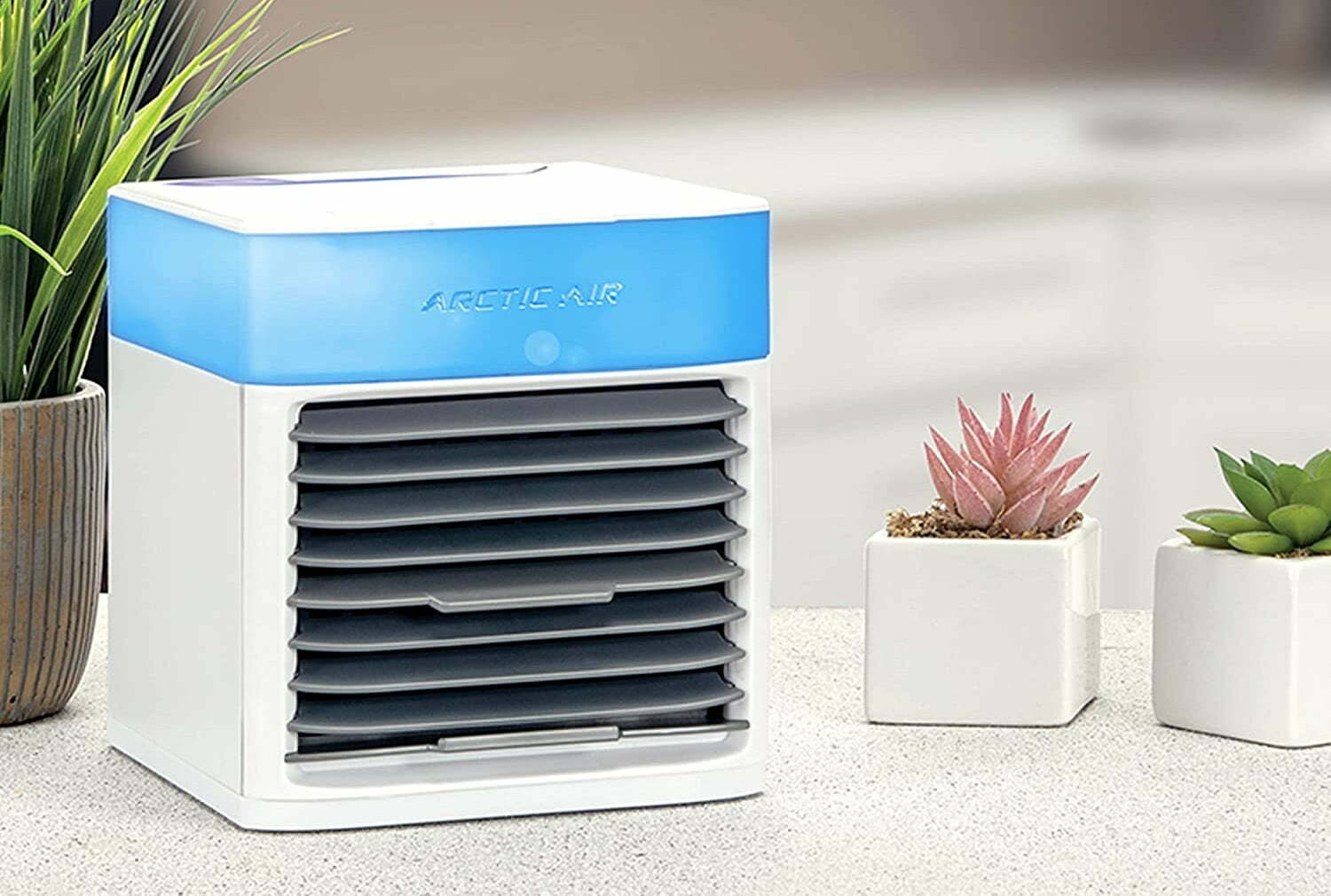
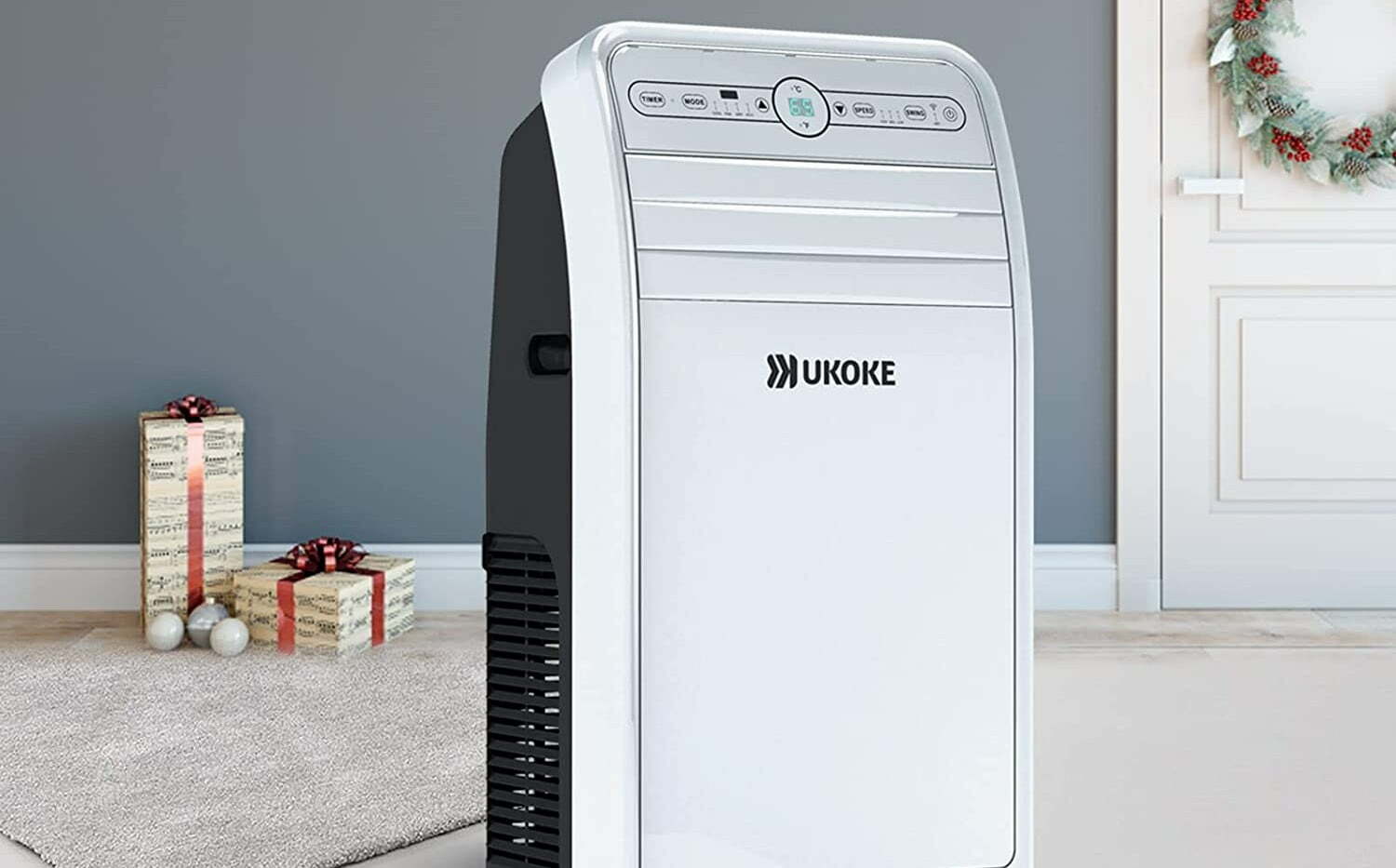
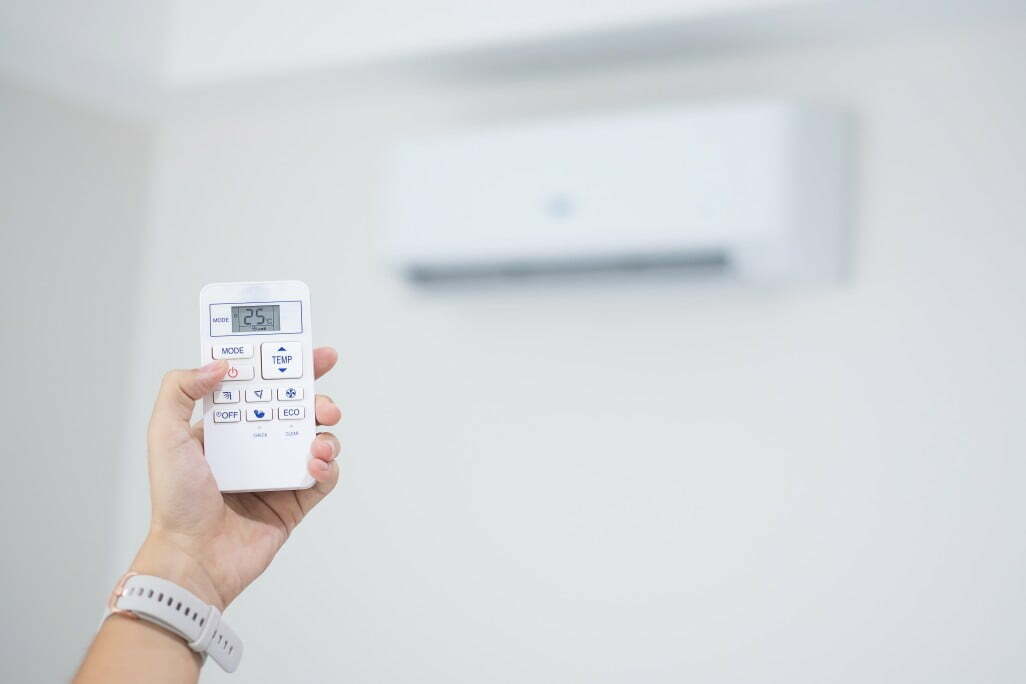
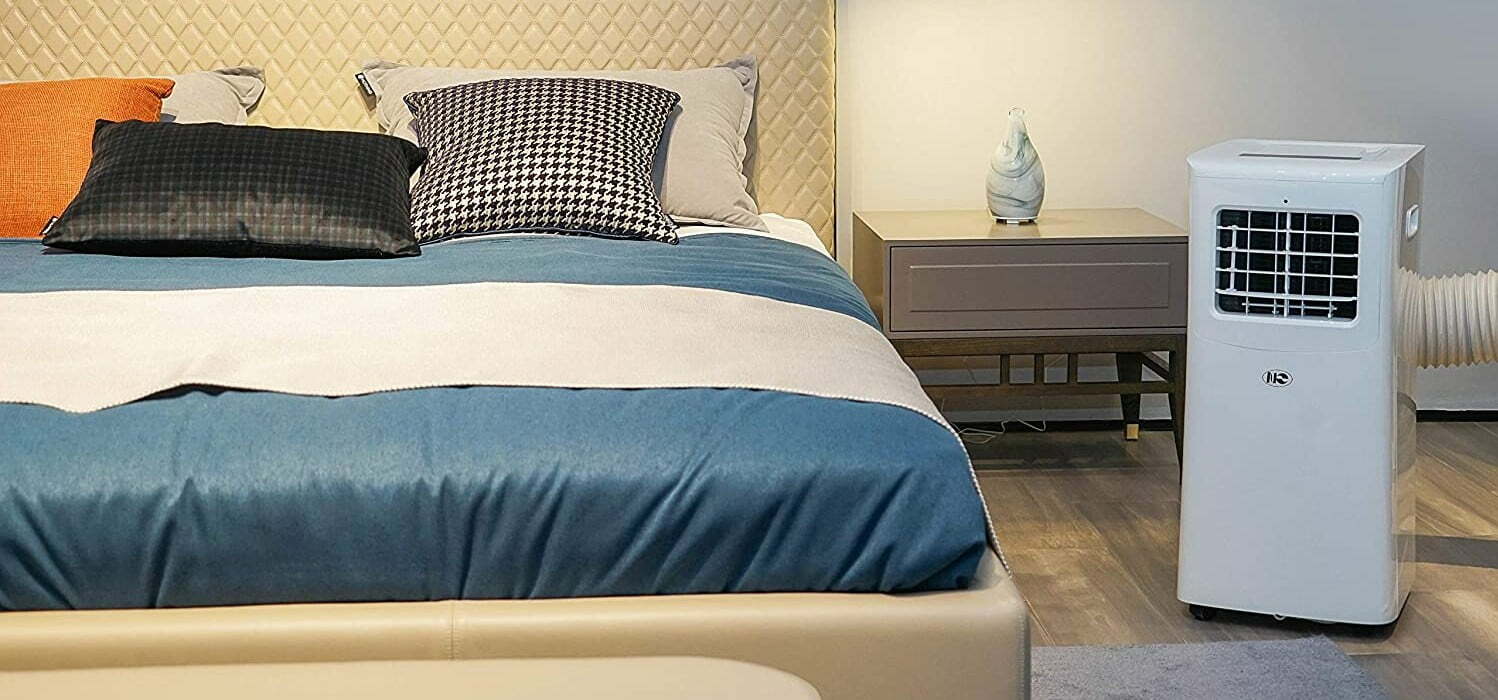
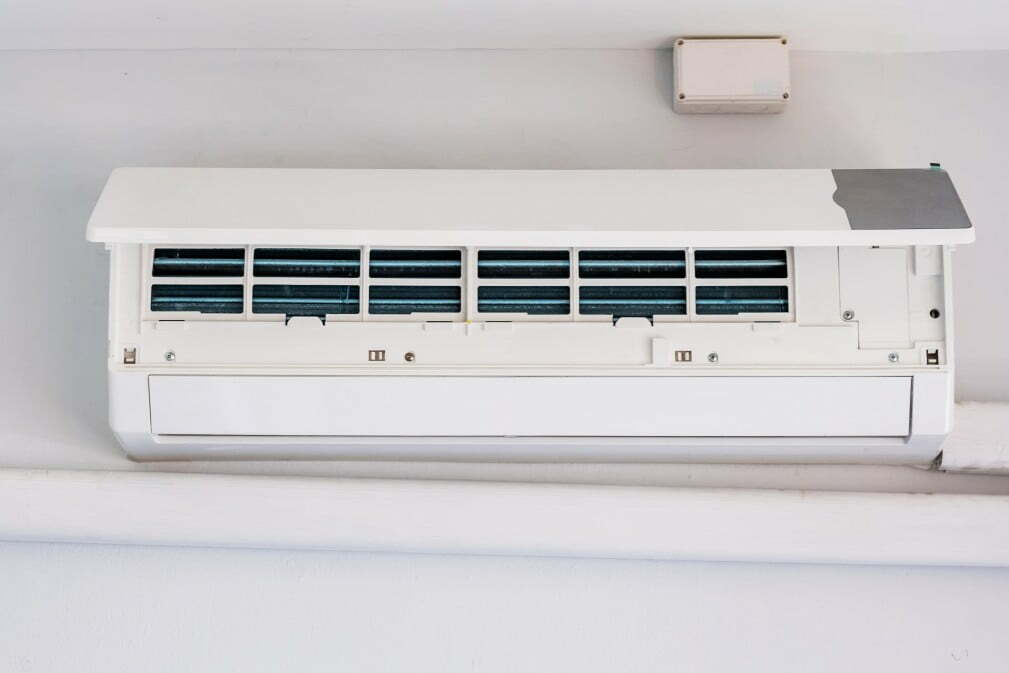
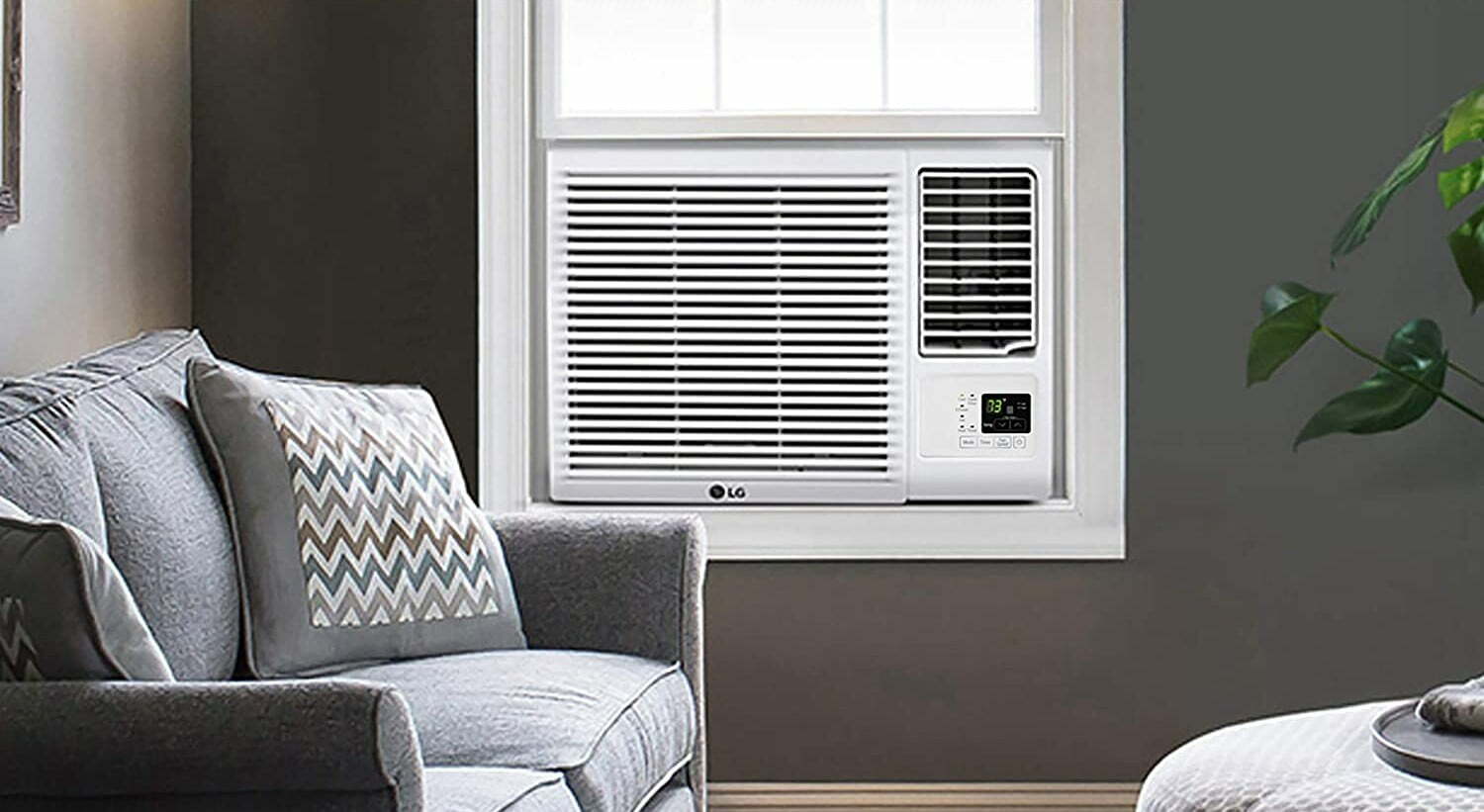
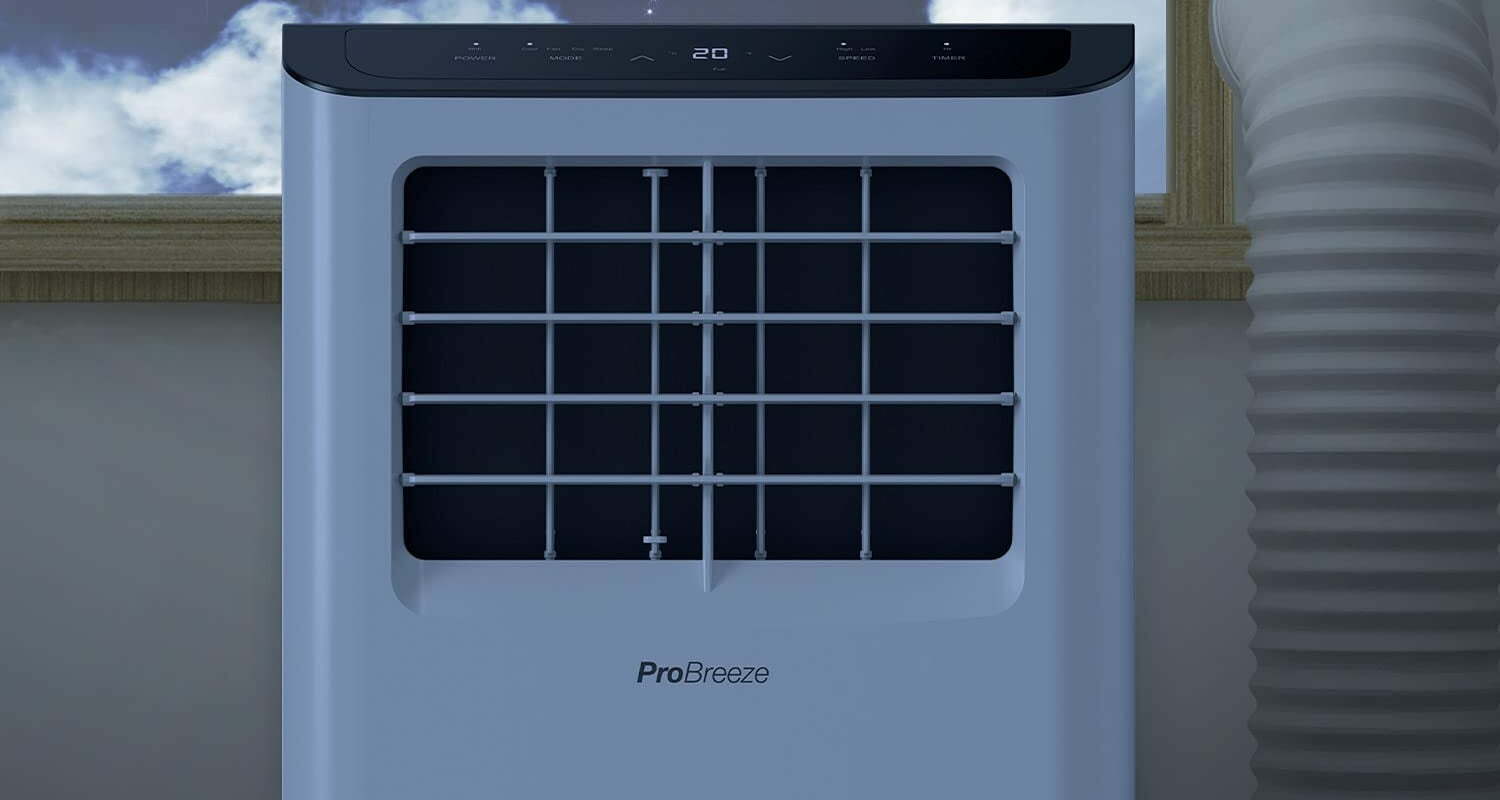
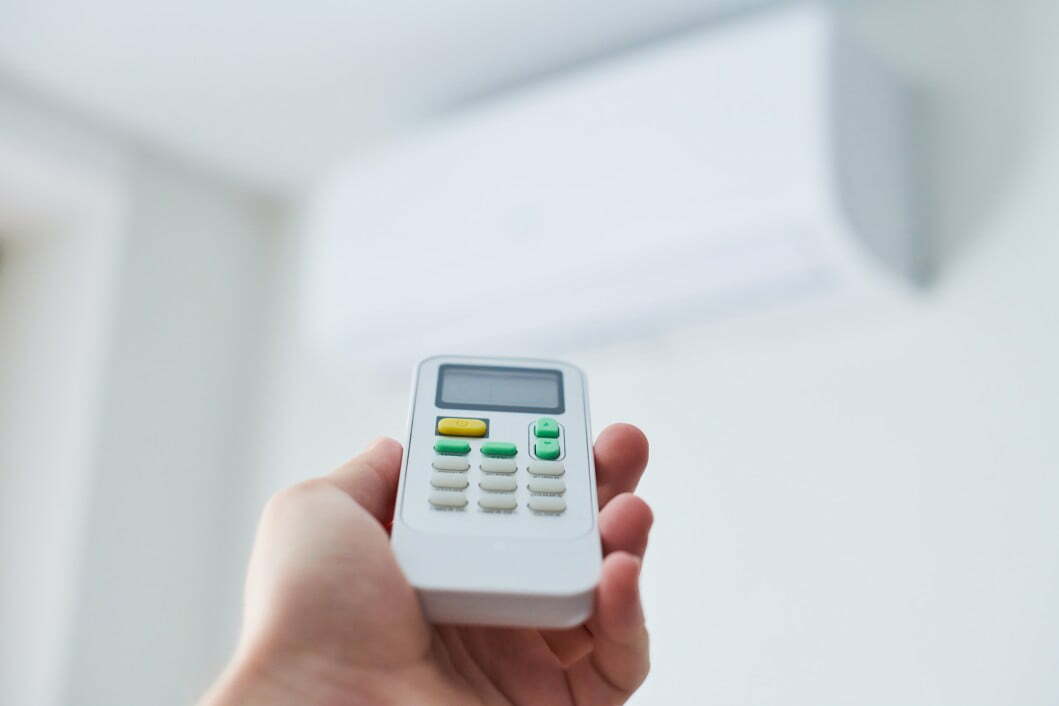
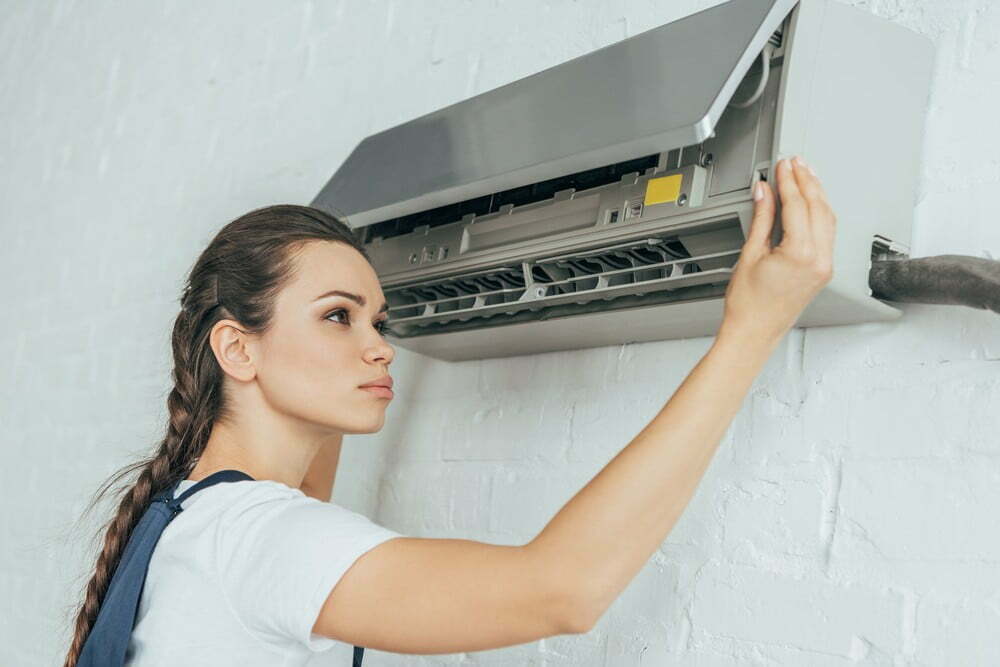
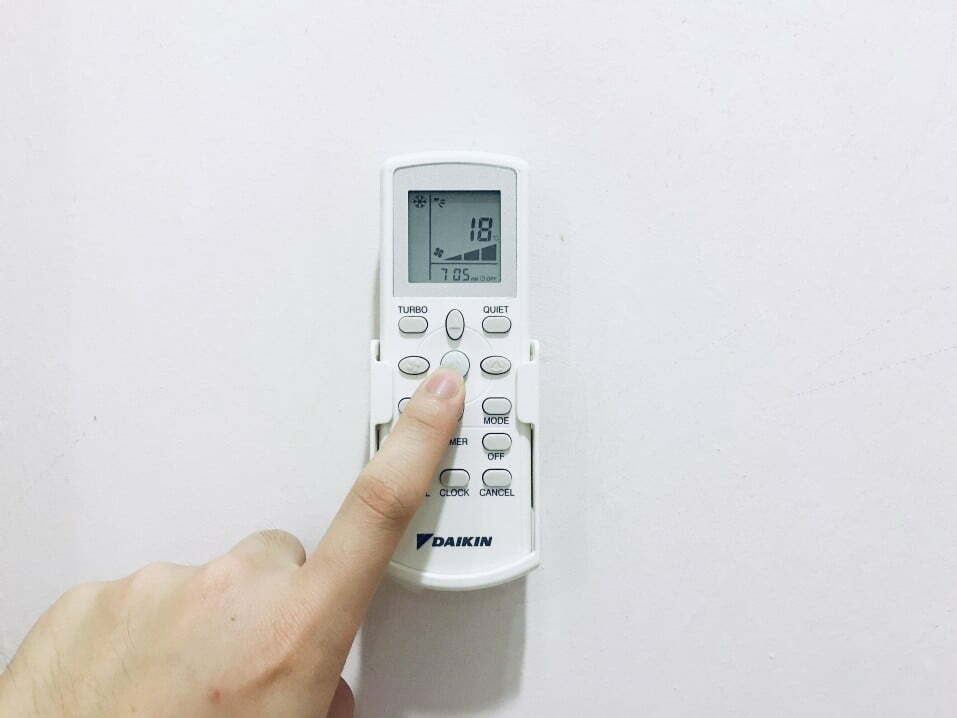
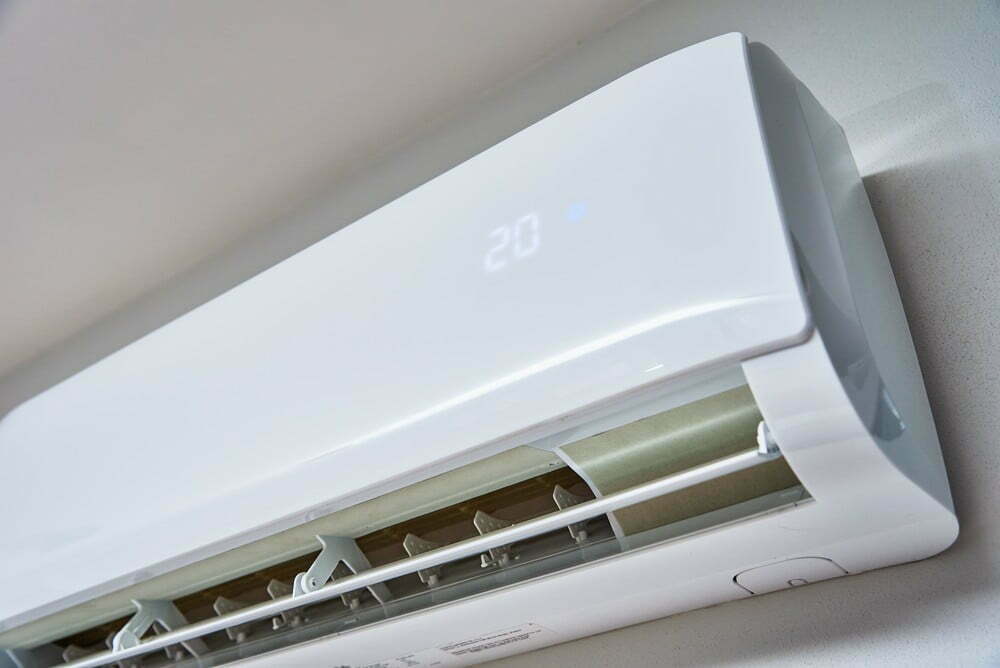
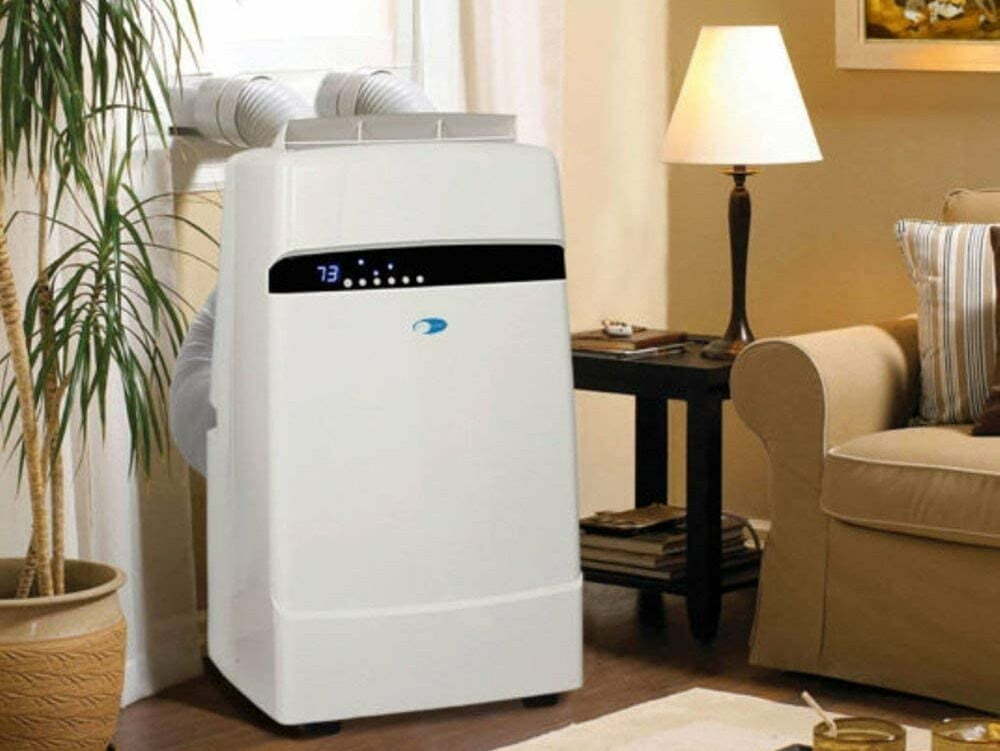
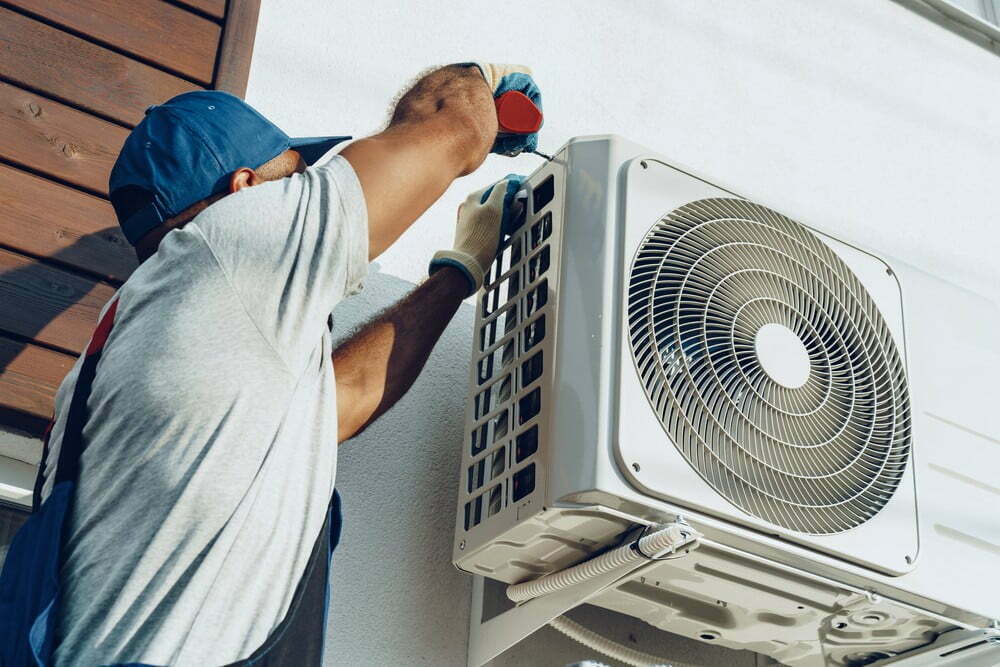
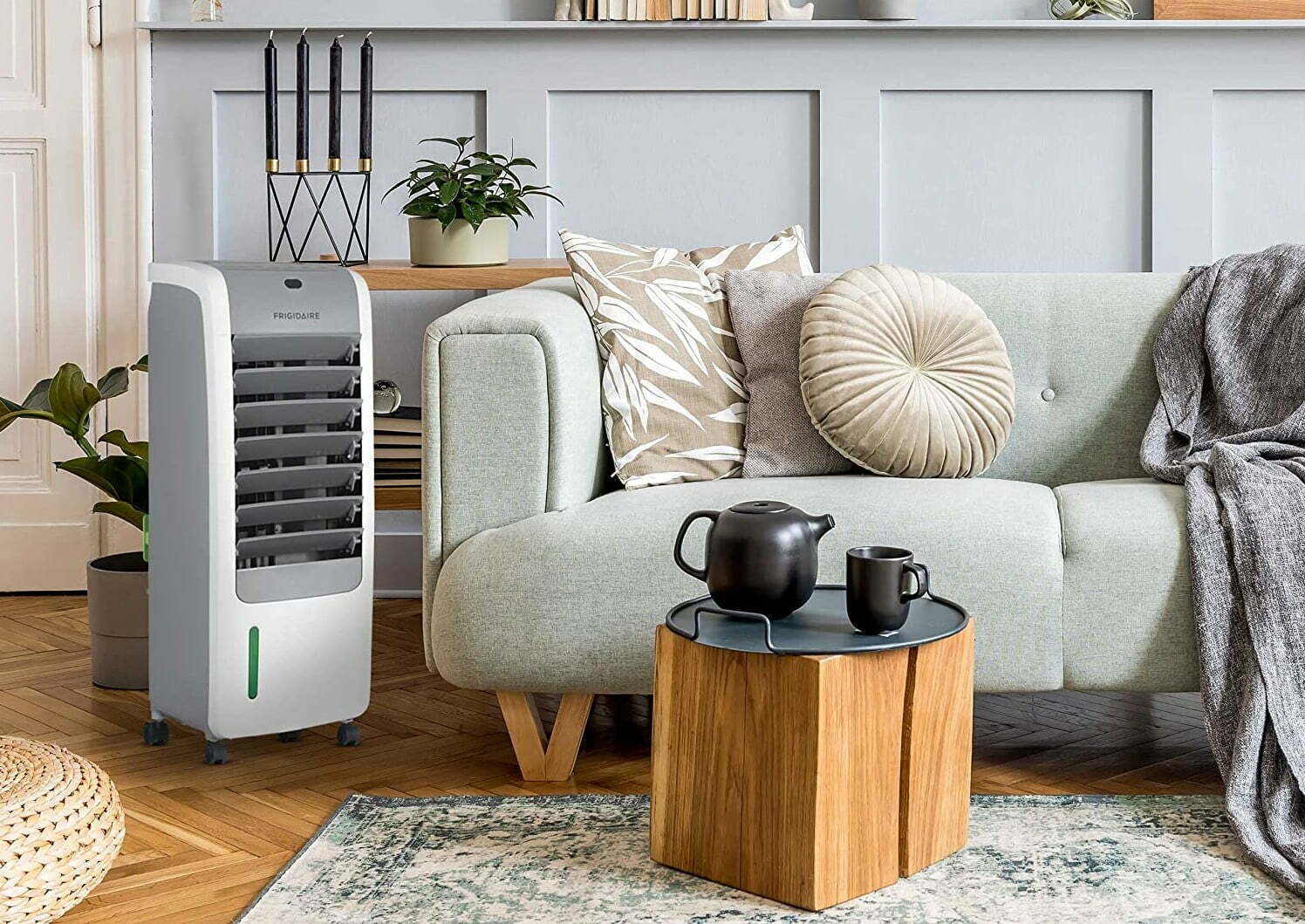
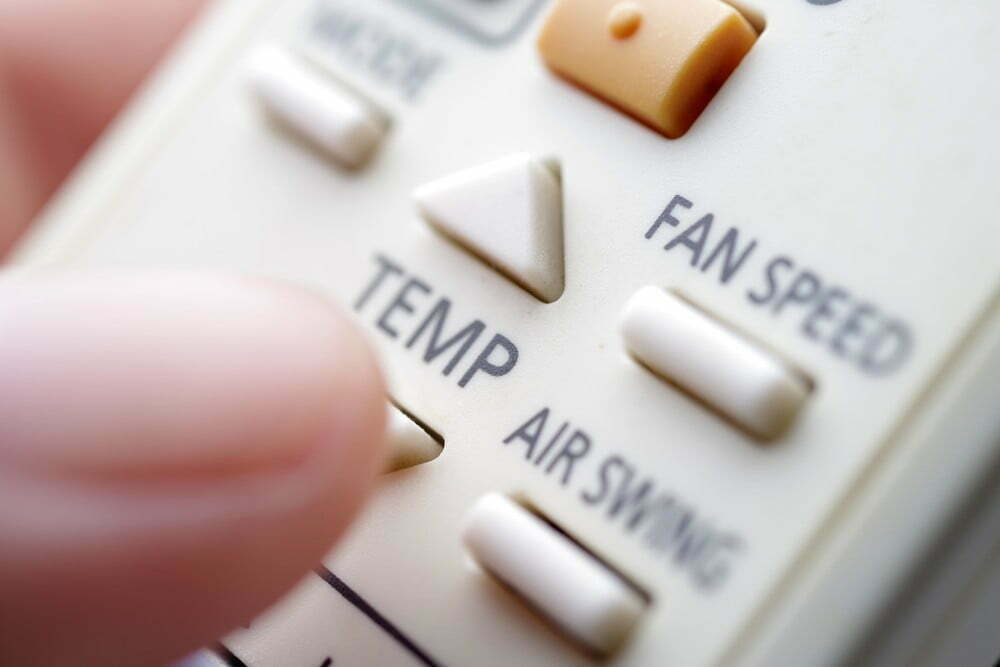
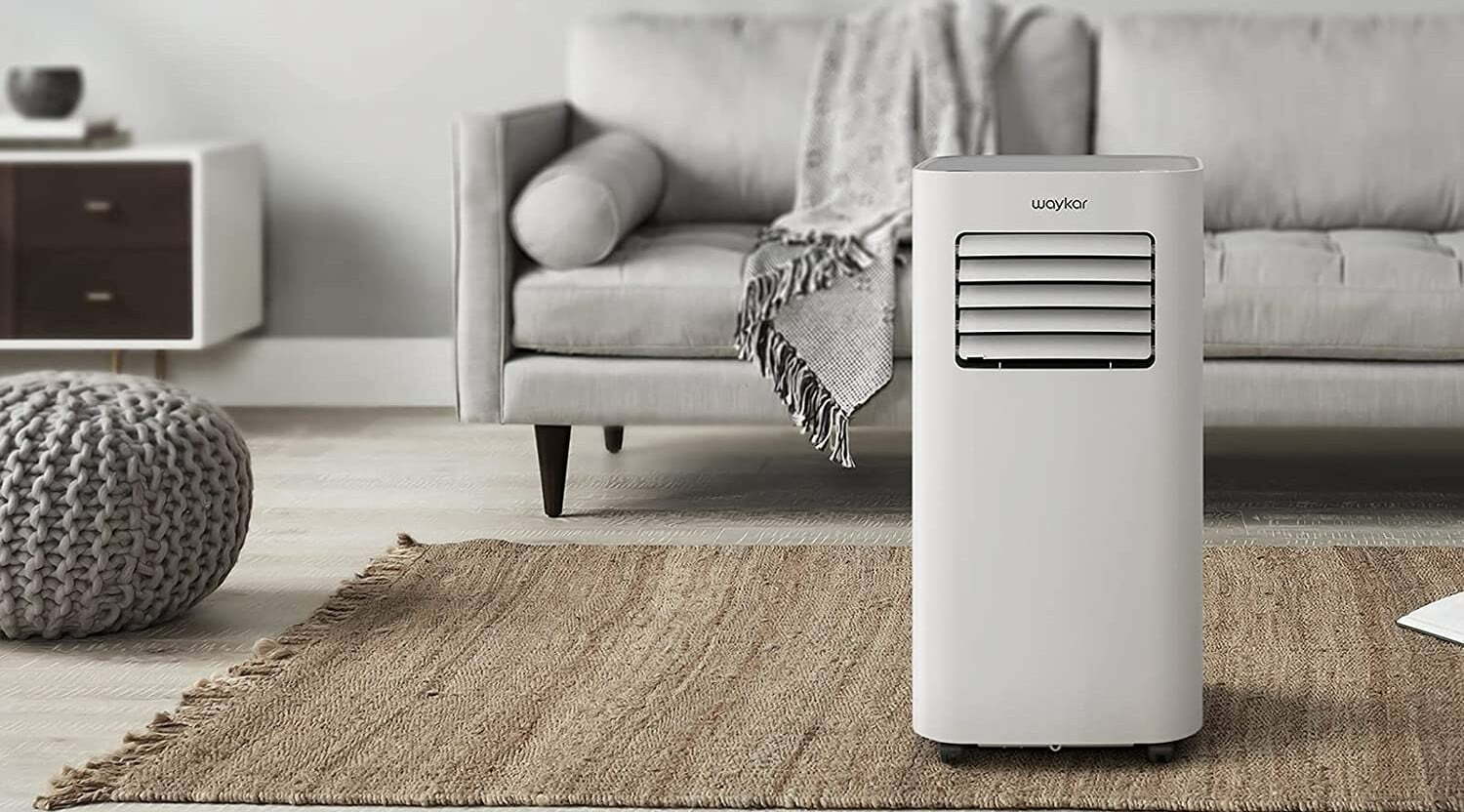
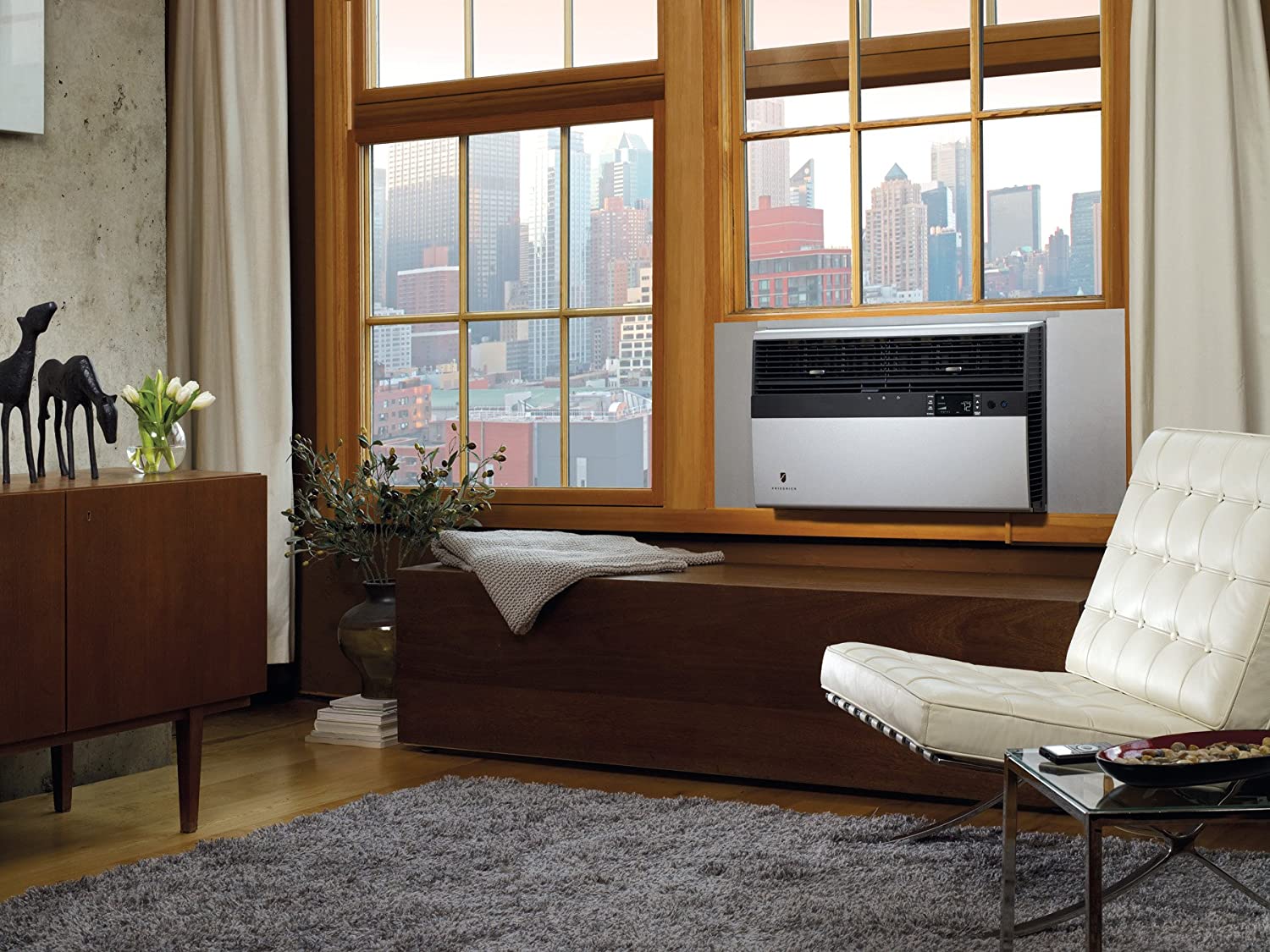
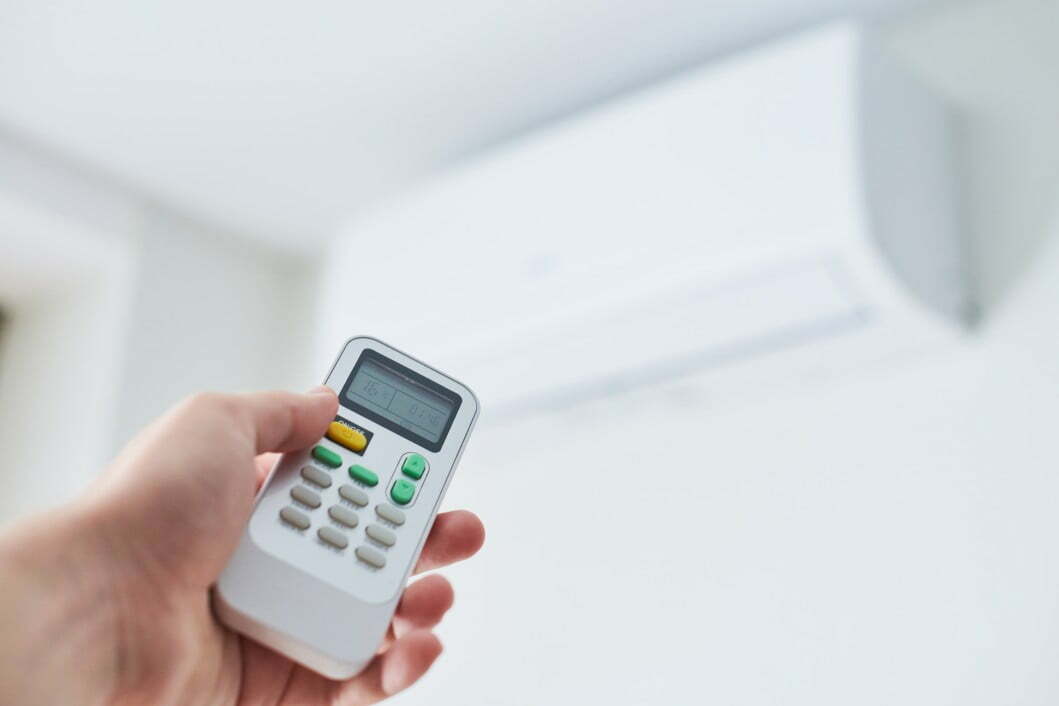
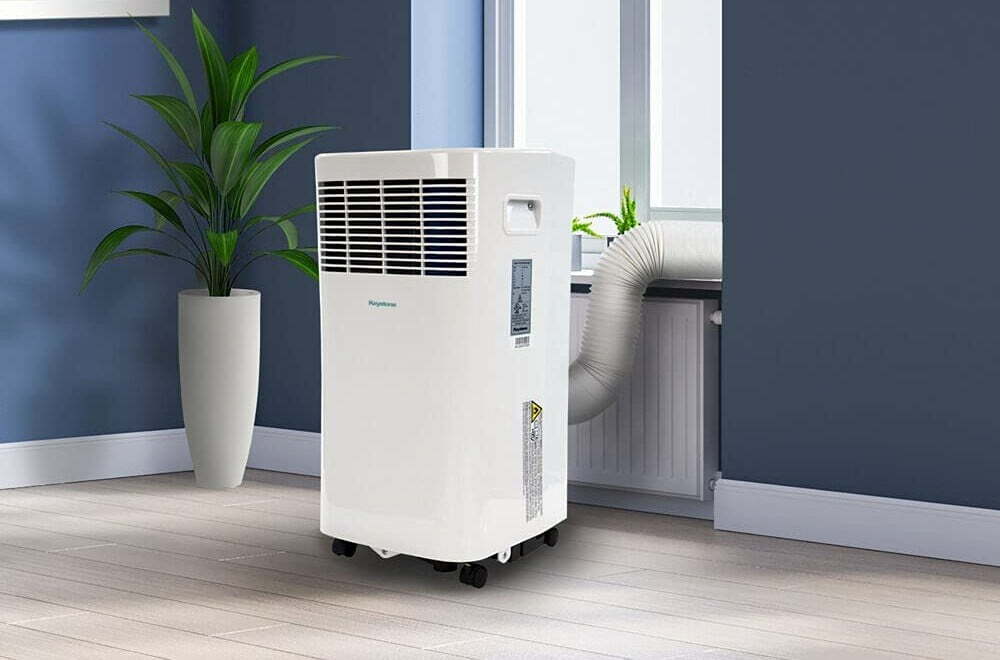
![Best Air Conditioners in [year] ([month] Reviews) 37 Best Air Conditioners in 2025 (April Reviews)](https://www.gadgetreview.dev/wp-content/uploads/best-air-conditioners-image.jpg)
![Quietest Through The Wall Air Conditioners in [year] 38 Quietest Through The Wall Air Conditioners in 2025](https://www.gadgetreview.dev/wp-content/uploads/quietest-through-the-wall-air-conditioner-image.jpg)
![Best 10000 BTU Air Conditioners in [year] 39 Best 10000 BTU Air Conditioners in 2025](https://www.gadgetreview.dev/wp-content/uploads/best-10000-btu-air-conditioner-image.jpg)
![Best 15000 BTU Air Conditioners in [year] 40 Best 15000 BTU Air Conditioners in 2025](https://www.gadgetreview.dev/wp-content/uploads/best-15000-btu-air-conditioner-image.jpg)
![Best 15000 BTU Window Air Conditioners in [year] 41 Best 15000 BTU Window Air Conditioners in 2025](https://www.gadgetreview.dev/wp-content/uploads/best-15000-btu-window-air-conditioner-image.jpg)
![Best 12000 BTU Air Conditioners in [year] 42 Best 12000 BTU Air Conditioners in 2025](https://www.gadgetreview.dev/wp-content/uploads/best-12000-btu-air-conditioner-image.jpg)
![Best Photocatalytic Oxidation Air Purifiers in [year] 43 Best Photocatalytic Oxidation Air Purifiers in 2025](https://www.gadgetreview.dev/wp-content/uploads/best-photocatalytic-oxidation-air-purifier-image.jpg)
![Best Ventless Portable Air Conditioners in [year] 44 Best Ventless Portable Air Conditioners in 2025](https://www.gadgetreview.dev/wp-content/uploads/best-ventless-portable-air-conditioner-image.jpg)
![Best Window Air Conditioners with Heat in [year] 45 Best Window Air Conditioners with Heat in 2025](https://www.gadgetreview.dev/wp-content/uploads/best-window-air-conditioner-with-heat-image.jpg)
![Best Inverter Air Conditioners in [year] 46 Best Inverter Air Conditioners in 2025](https://www.gadgetreview.dev/wp-content/uploads/best-inverter-ac-image.jpg)
![Best Quiet Portable Air Conditioners in [year] 48 Best Quiet Portable Air Conditioners in 2025](https://www.gadgetreview.dev/wp-content/uploads/quiet-portable-air-conditioner-image.jpg)
![Best 6000 BTU Air Conditioners in [year] 49 Best 6000 BTU Air Conditioners in 2025](https://www.gadgetreview.dev/wp-content/uploads/best-6000-btu-air-conditioner-image.jpg)
![Best 8000 BTU Air Conditioners in [year] 50 Best 8000 BTU Air Conditioners in 2025](https://www.gadgetreview.dev/wp-content/uploads/best-8000-btu-air-conditioner-image.jpg)
![Best Small Window Air Conditioner in [year] 51 Best Small Window Air Conditioner in 2025](https://www.gadgetreview.dev/wp-content/uploads/best-small-window-air-conditioner-image.jpg)
![Best Quiet Window Air Conditioners in [year] 52 Best Quiet Window Air Conditioners in 2025](https://www.gadgetreview.dev/wp-content/uploads/quiet-window-air-conditioner-image.jpg)
![Best Energy Efficient Window Air Conditioners in [year] 53 Best Energy Efficient Window Air Conditioners in 2025](https://www.gadgetreview.dev/wp-content/uploads/best-energy-efficient-window-air-conditioner-image.jpg)
![Best 5000 BTU Air Conditioners in [year] 54 Best 5000 BTU Air Conditioners in 2025](https://www.gadgetreview.dev/wp-content/uploads/best-5000-btu-air-conditioner.jpg)
![10 Best Tower Air Conditioners in [year] 55 10 Best Tower Air Conditioners in 2025](https://www.gadgetreview.dev/wp-content/uploads/best-tower-air-conditioner.jpg)
![10 Best Evaporative Air Conditioners in [year] 56 10 Best Evaporative Air Conditioners in 2025](https://www.gadgetreview.dev/wp-content/uploads/best-evaporative-air-conditioner-image.jpg)
